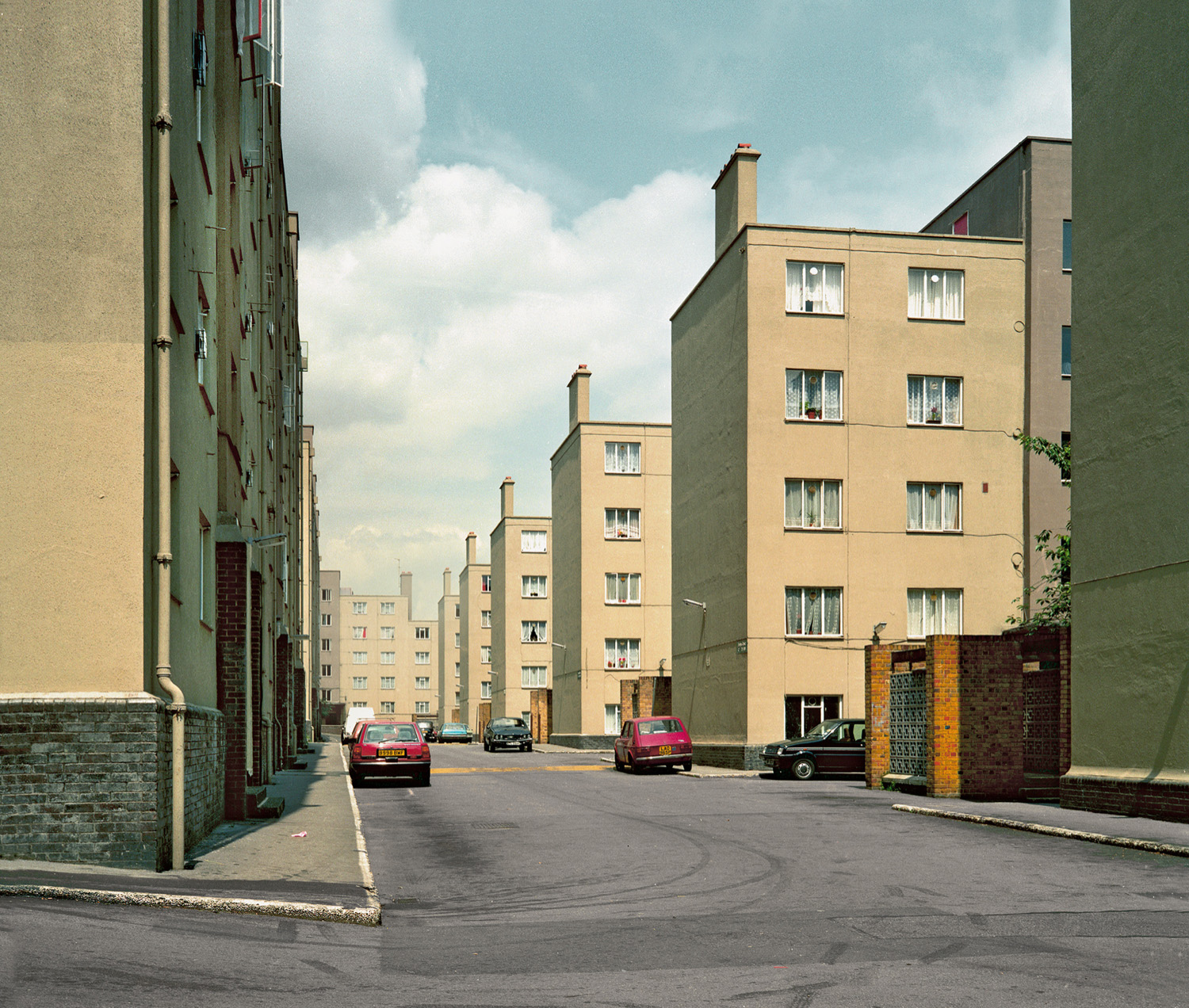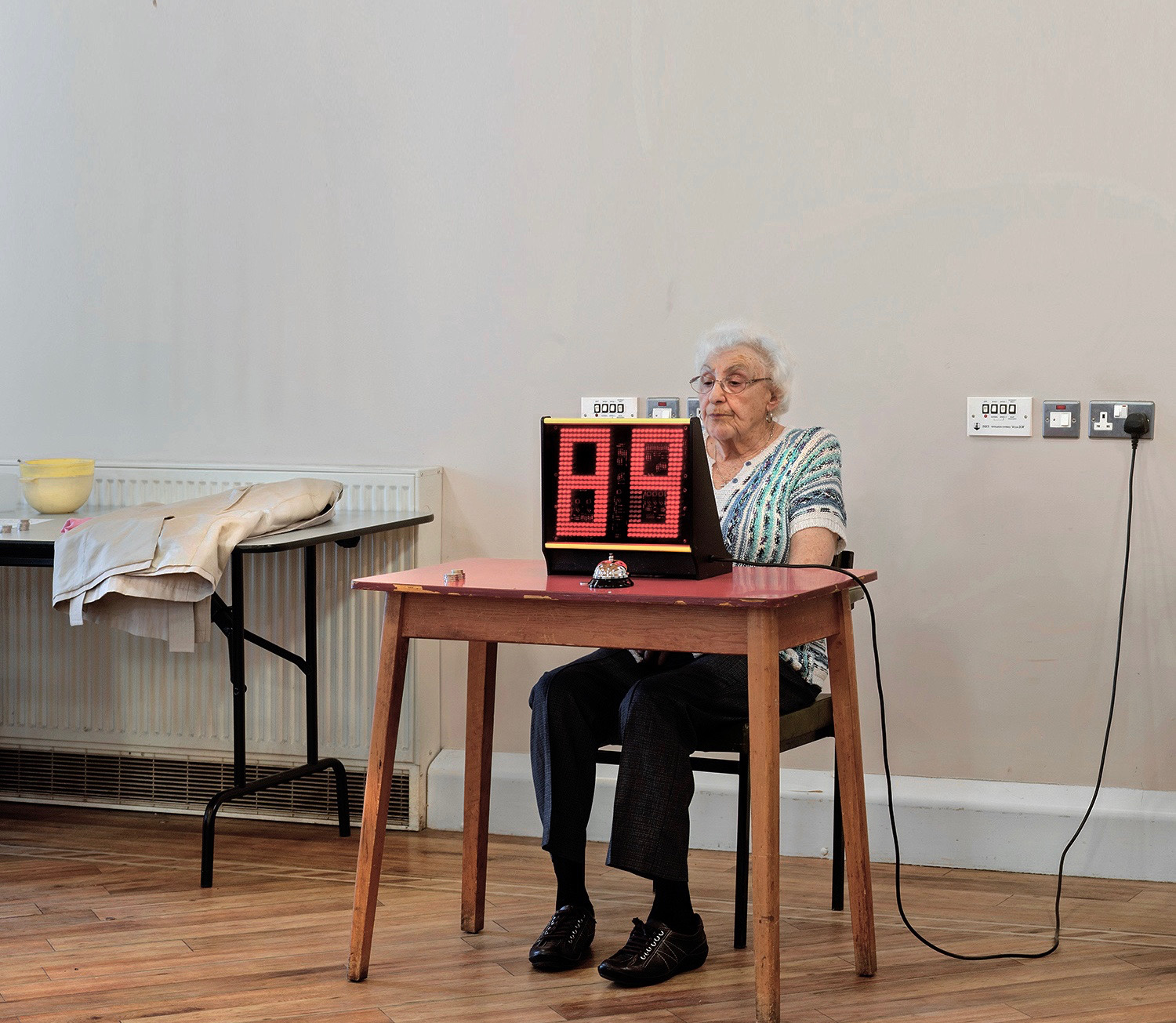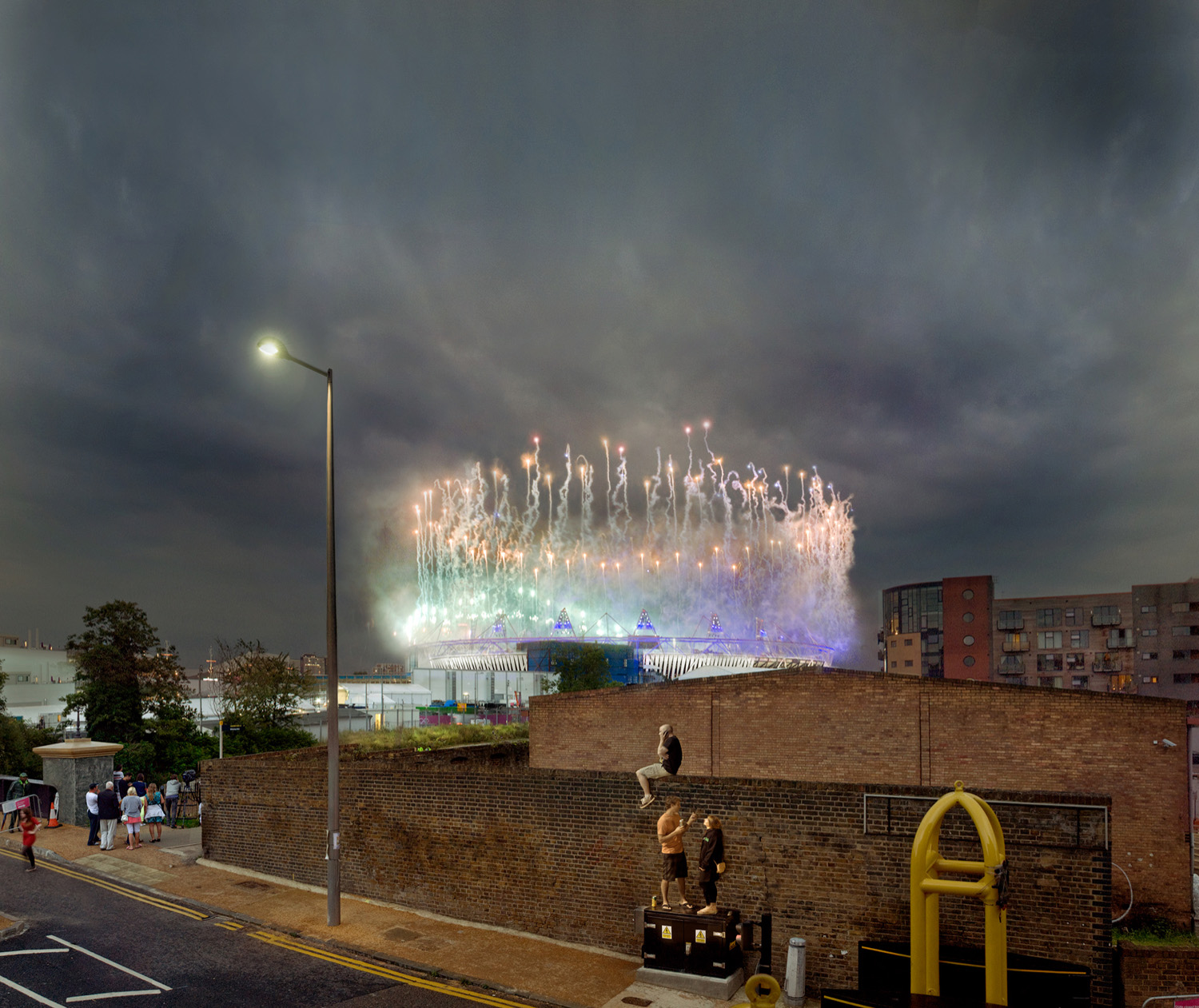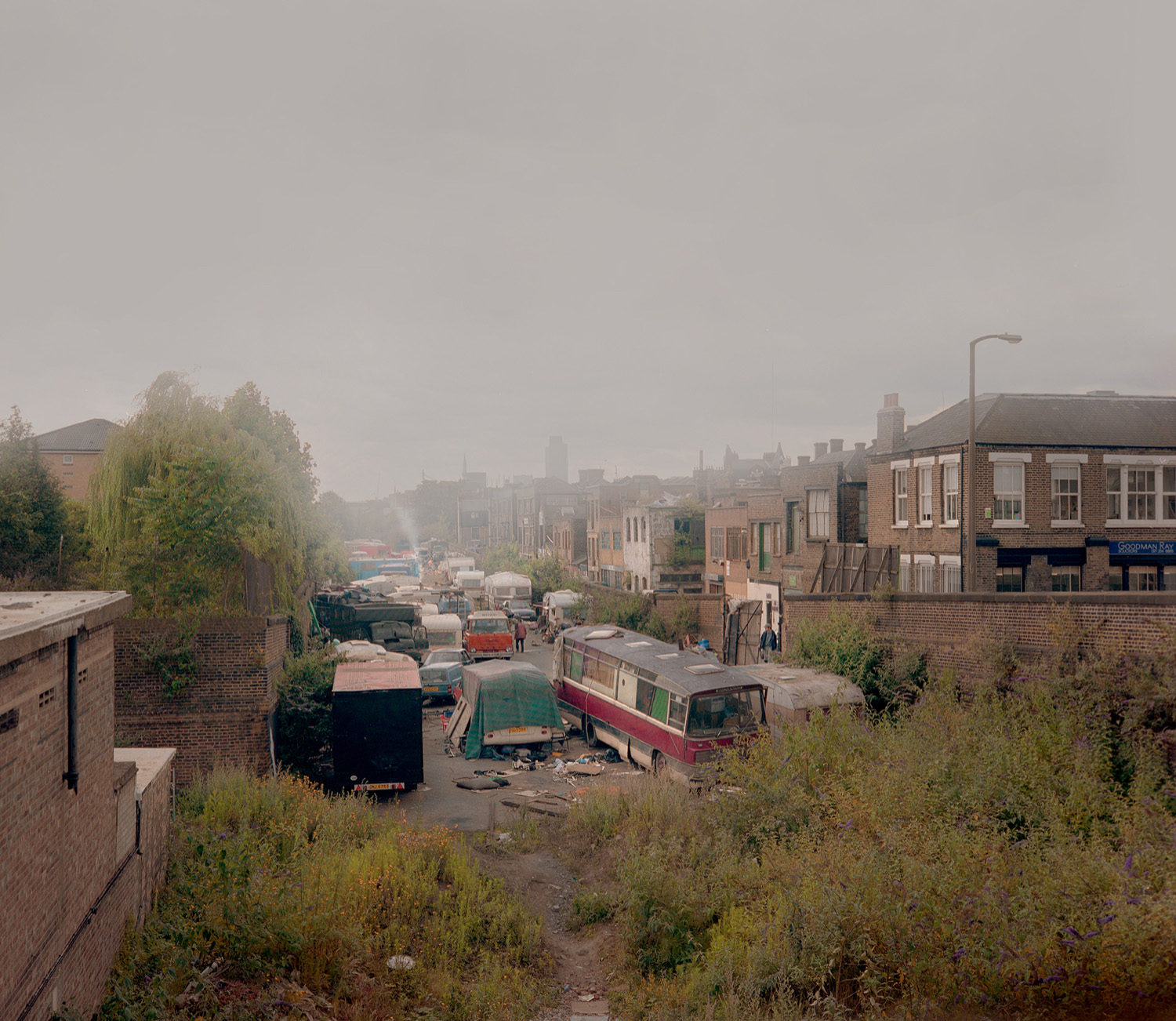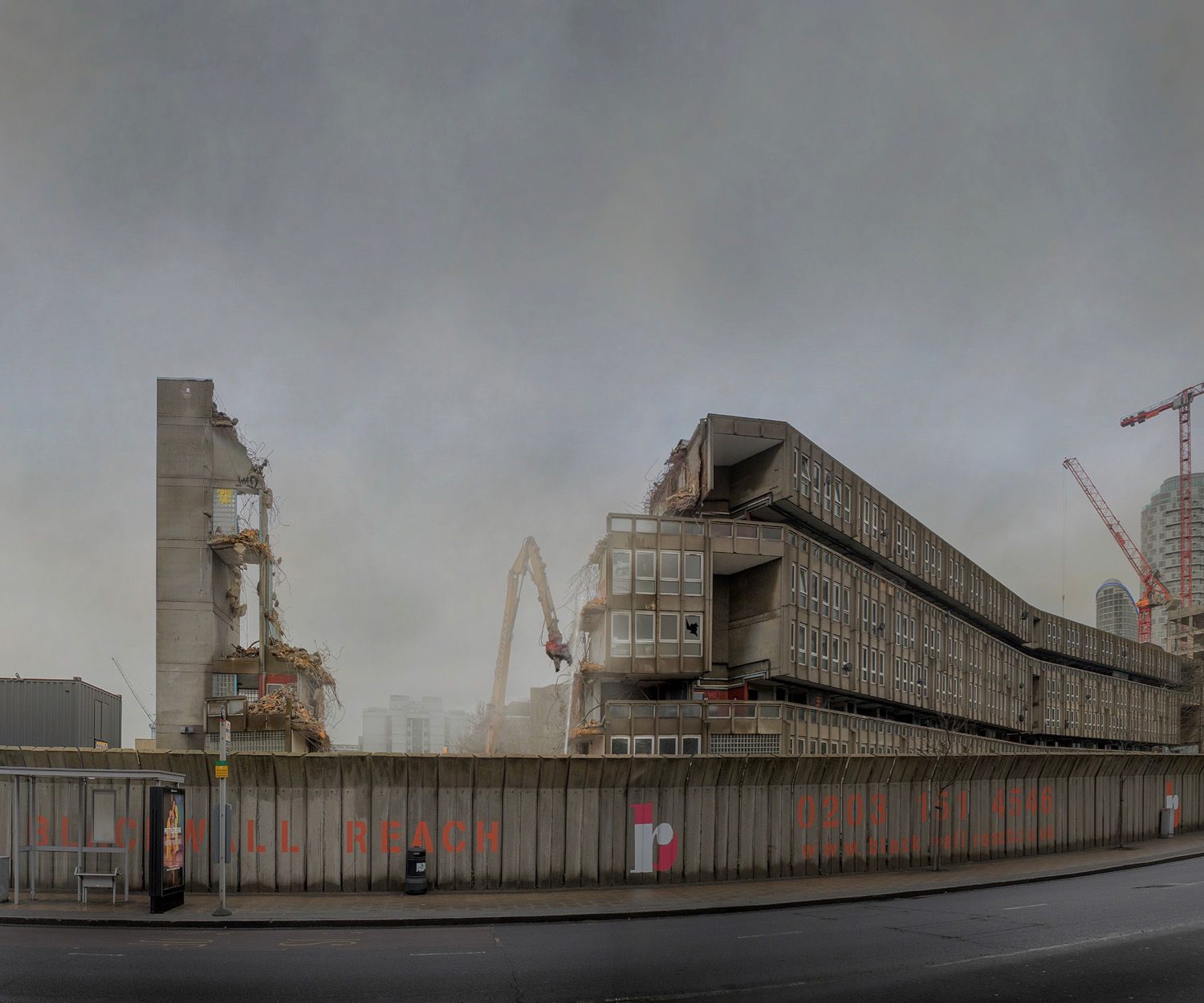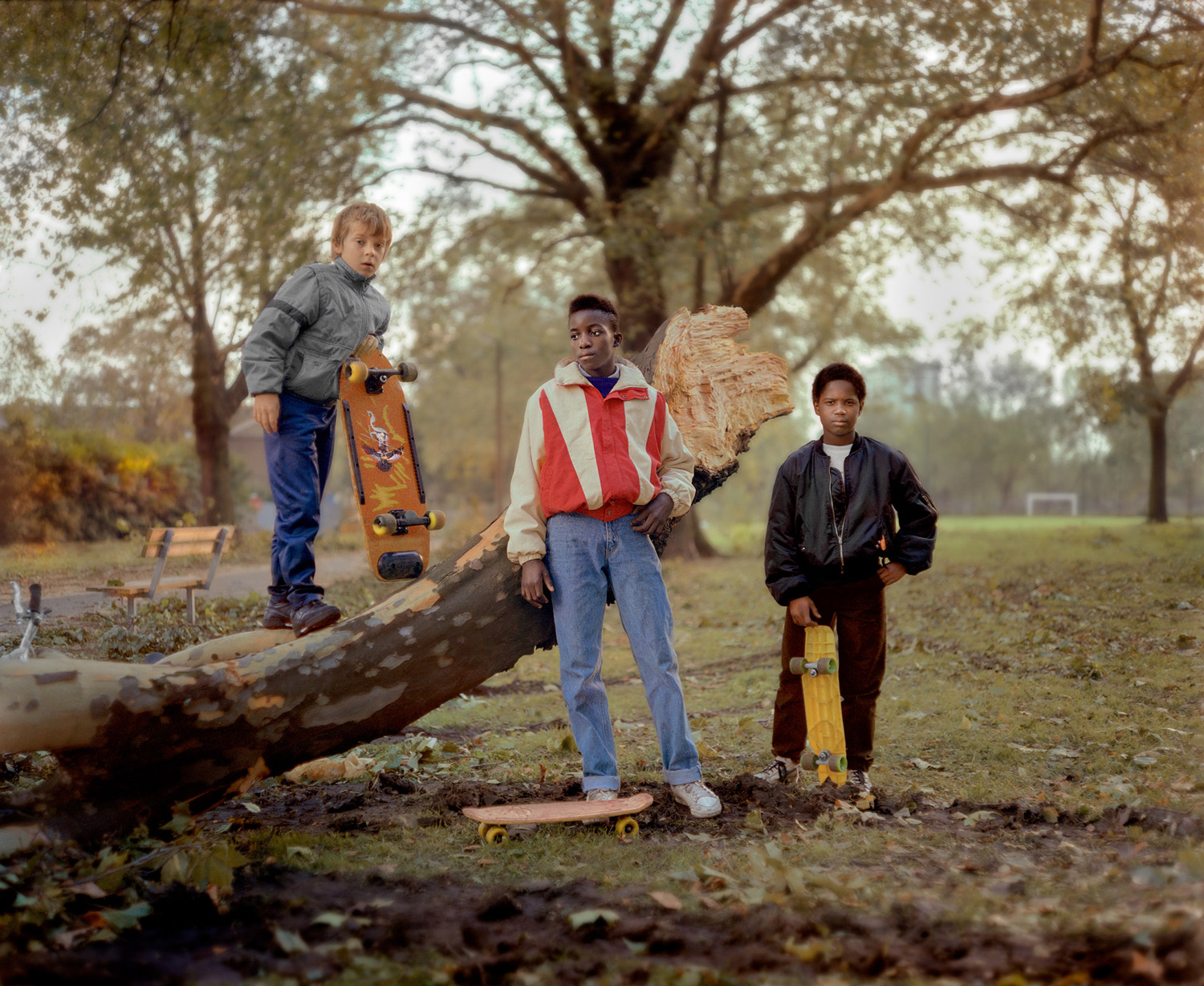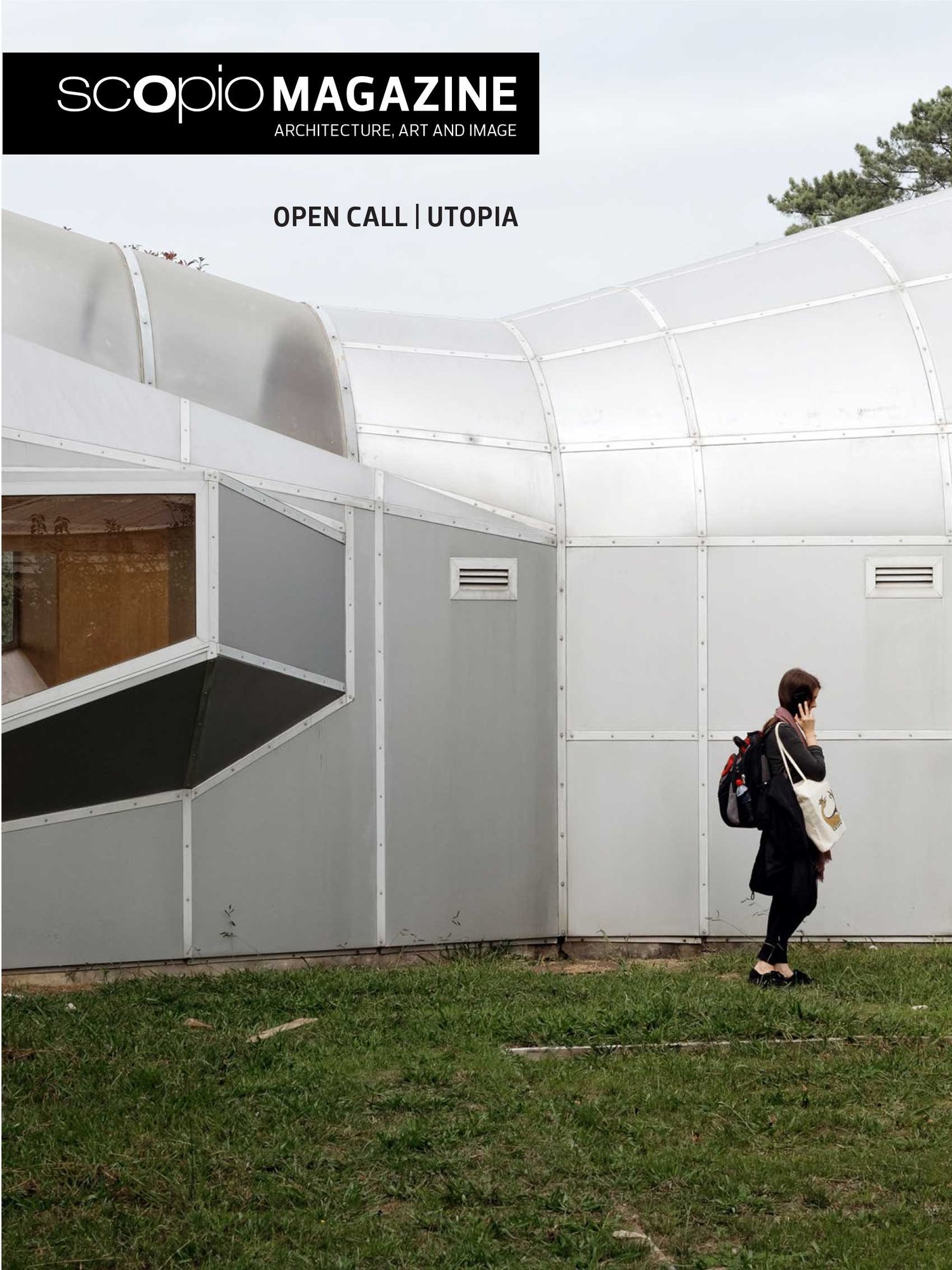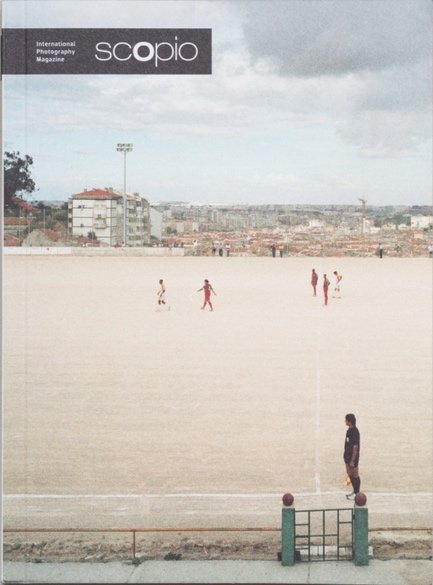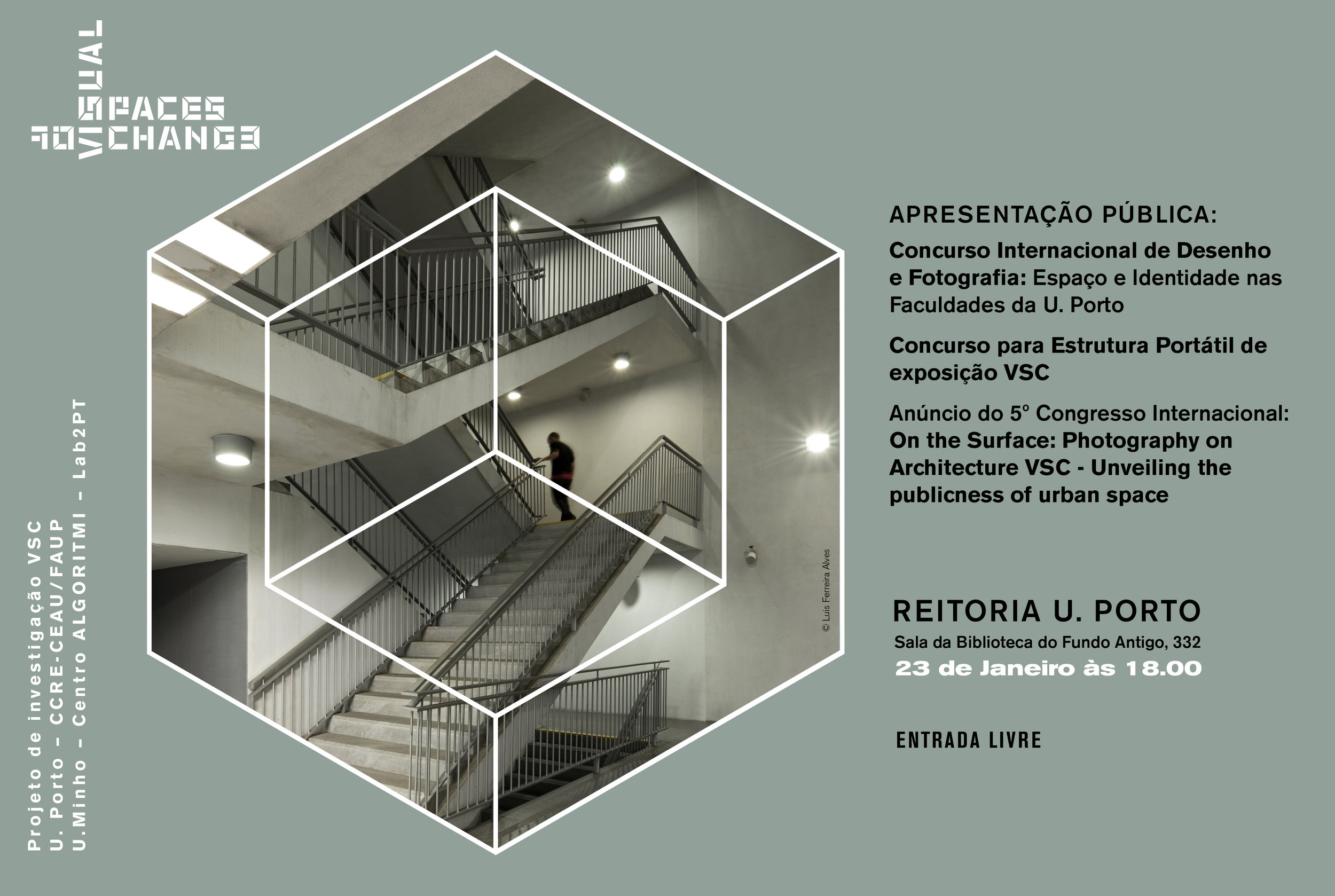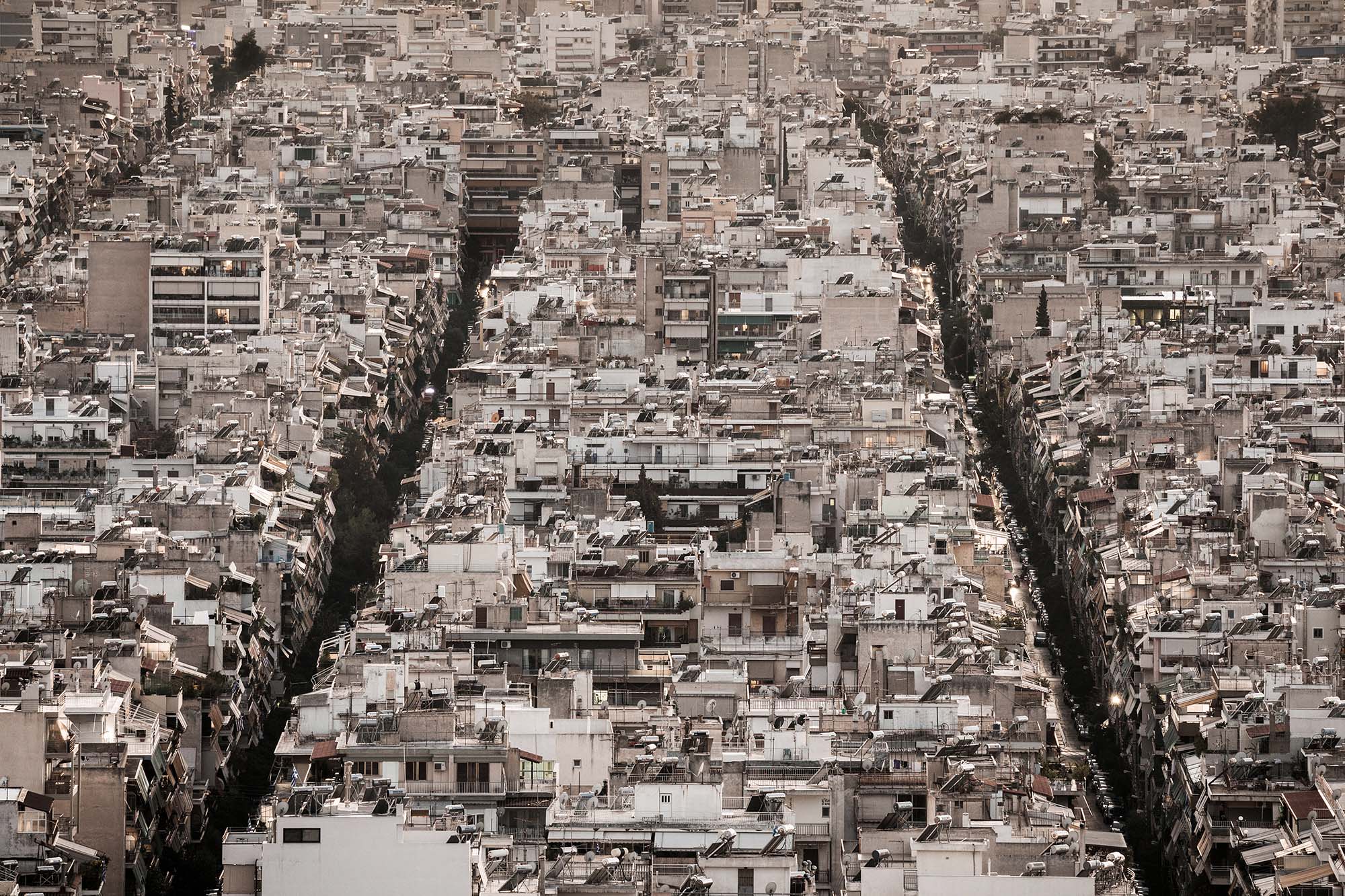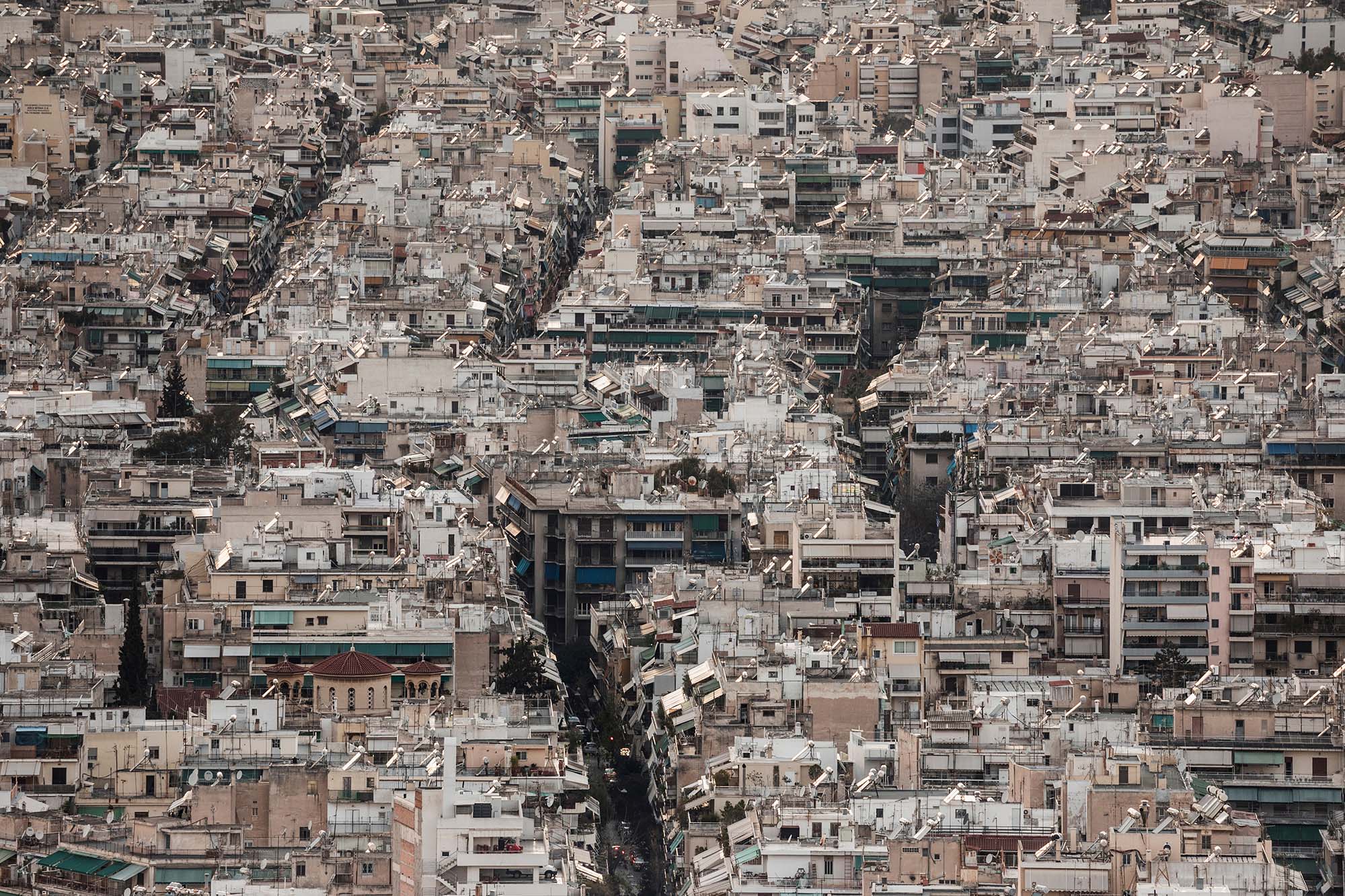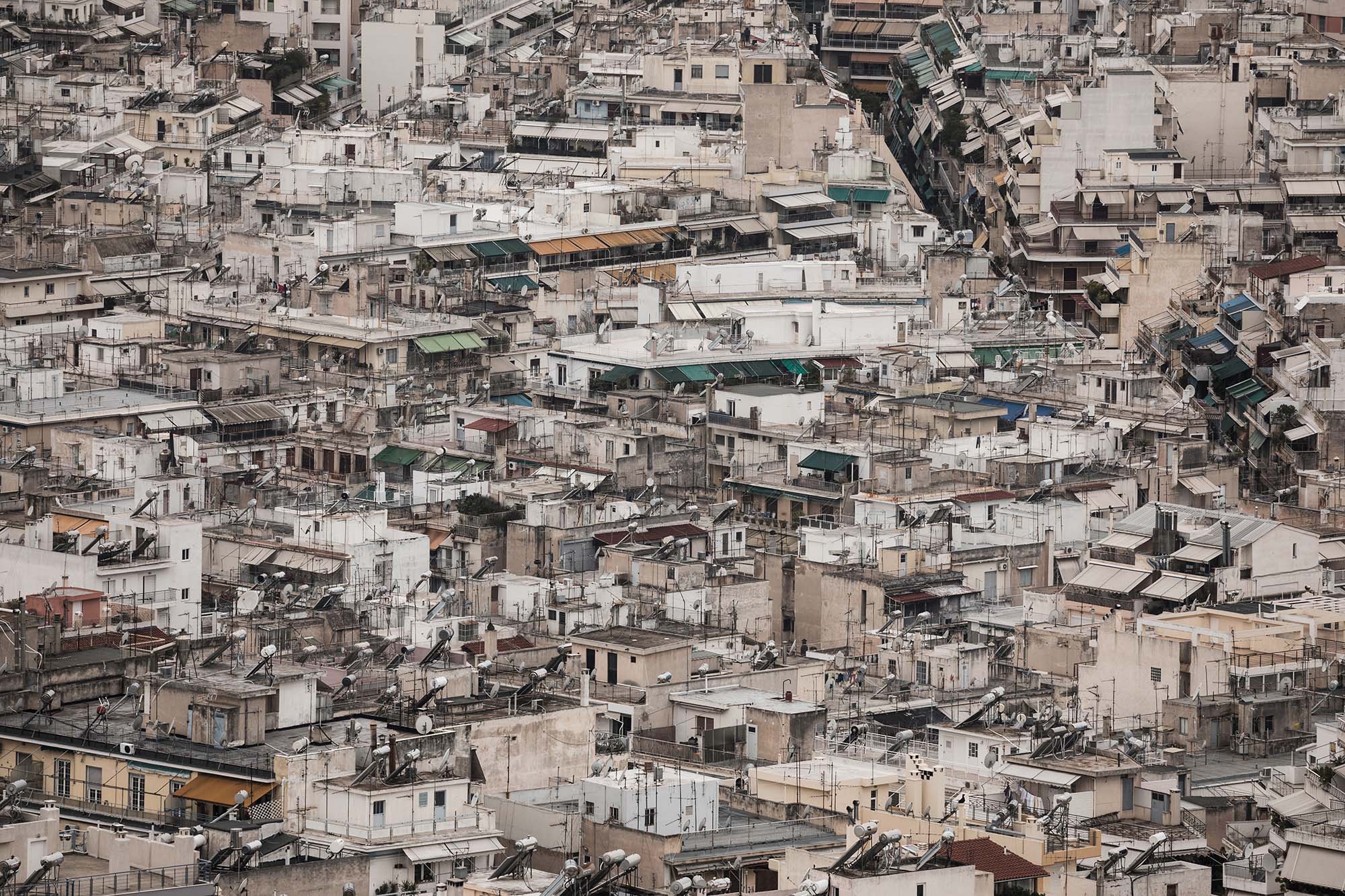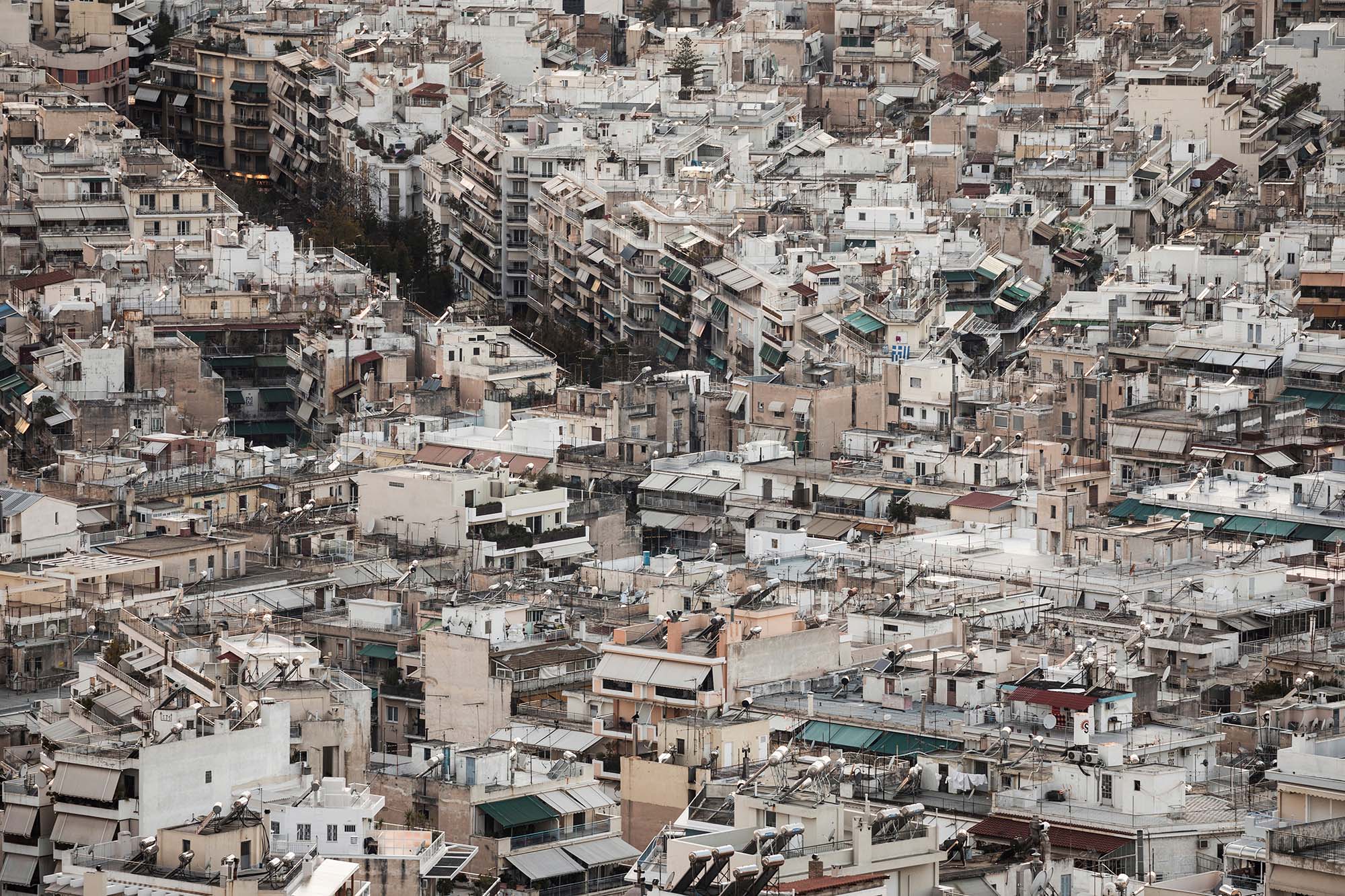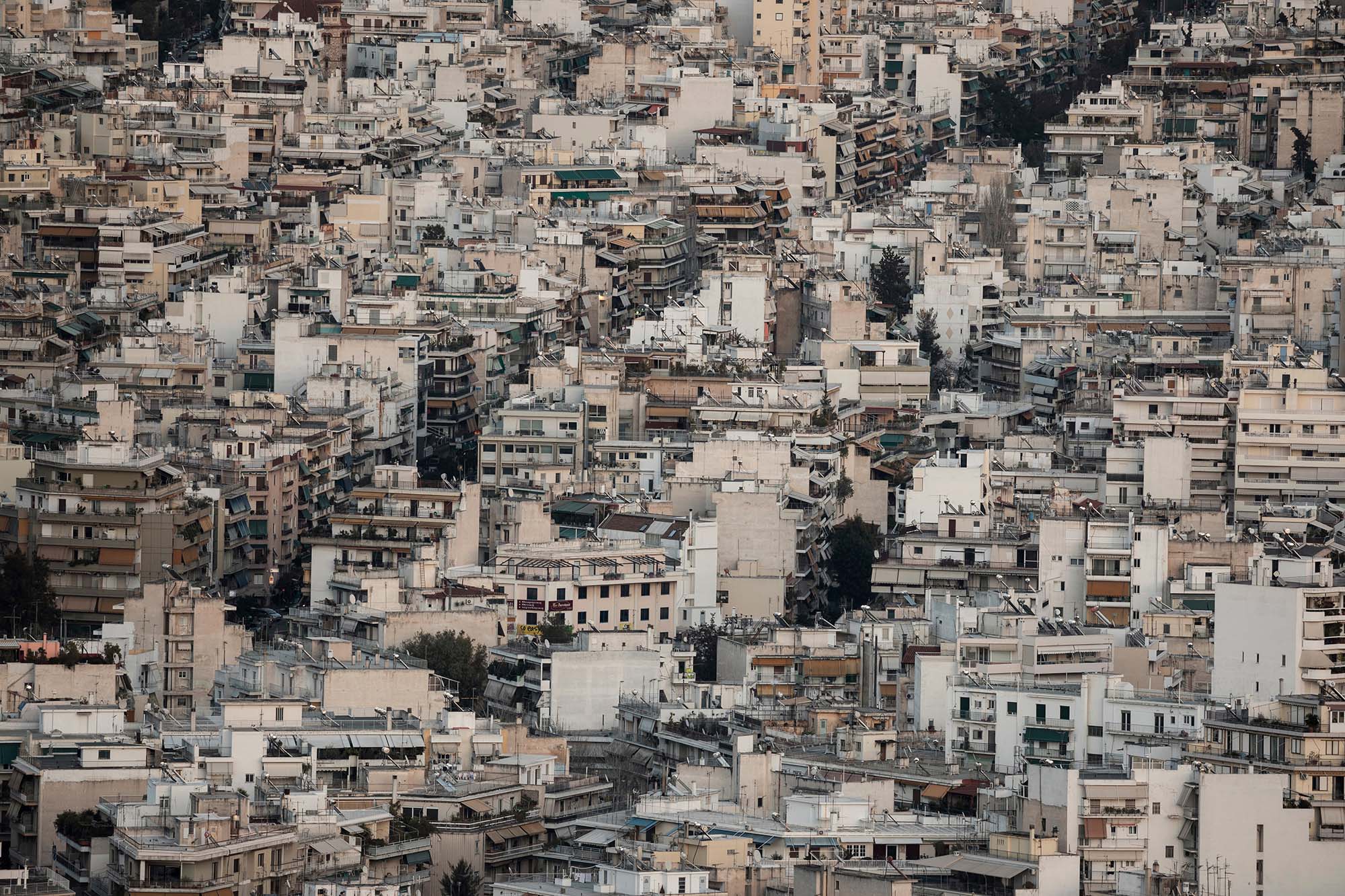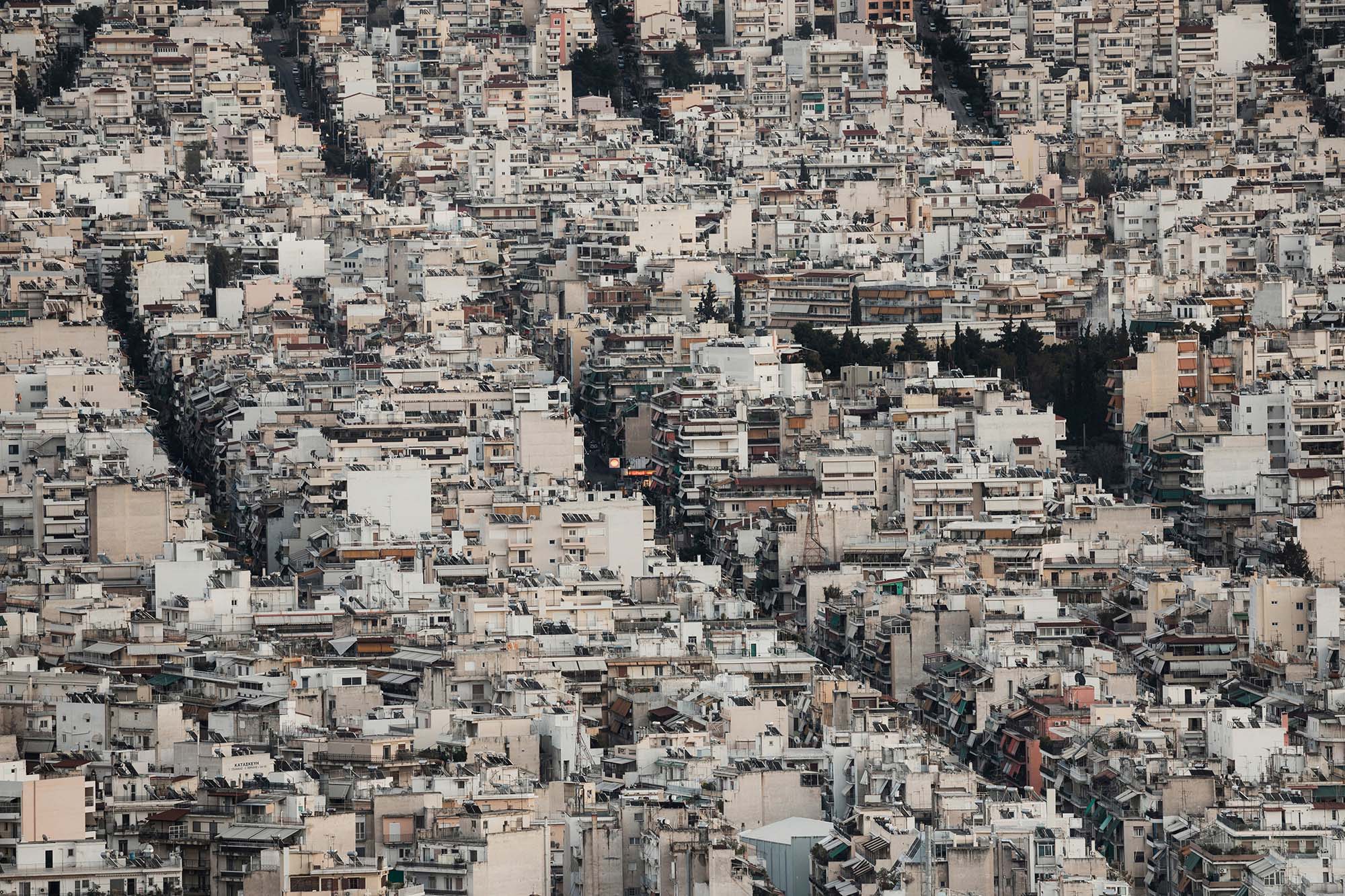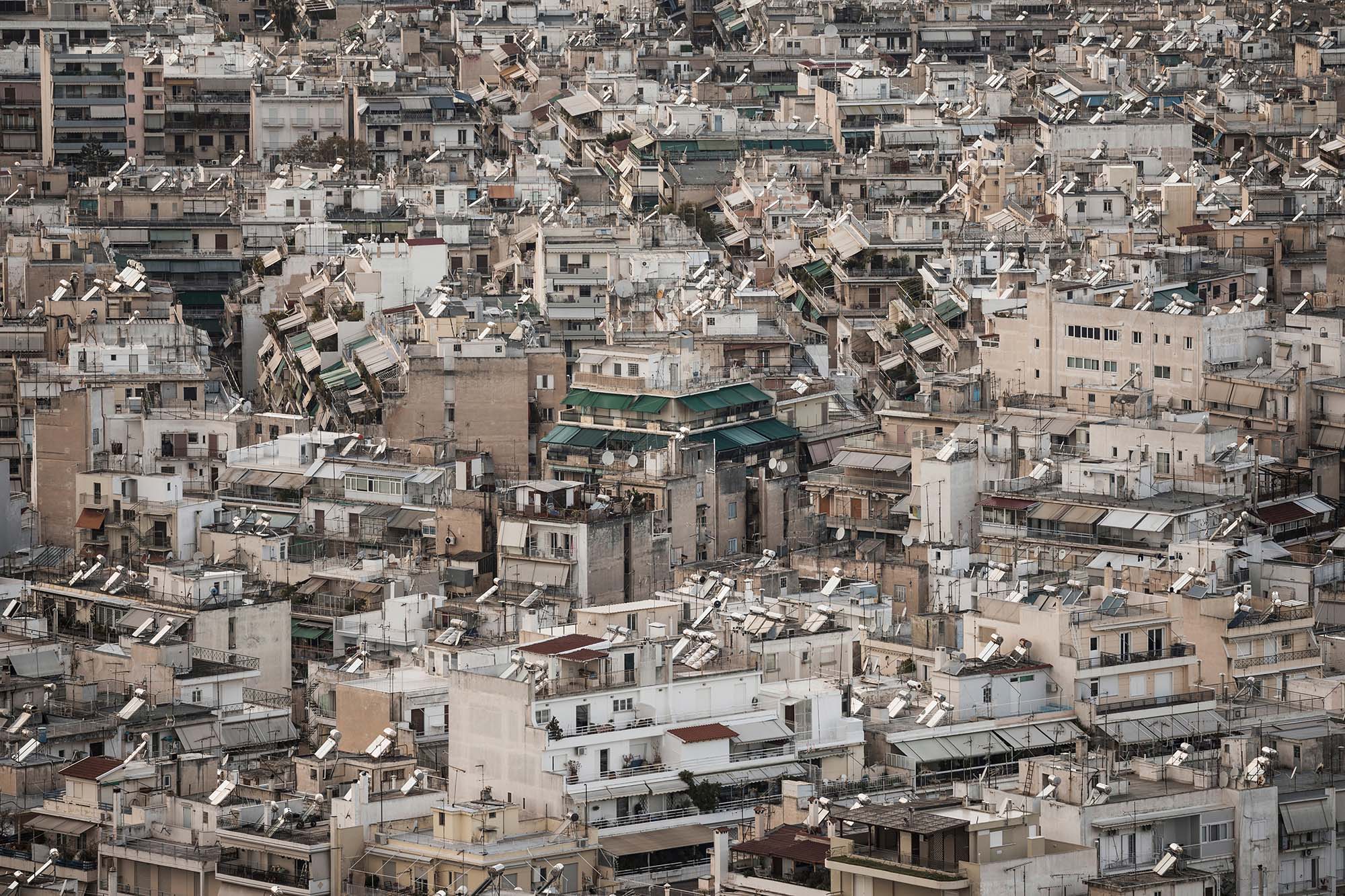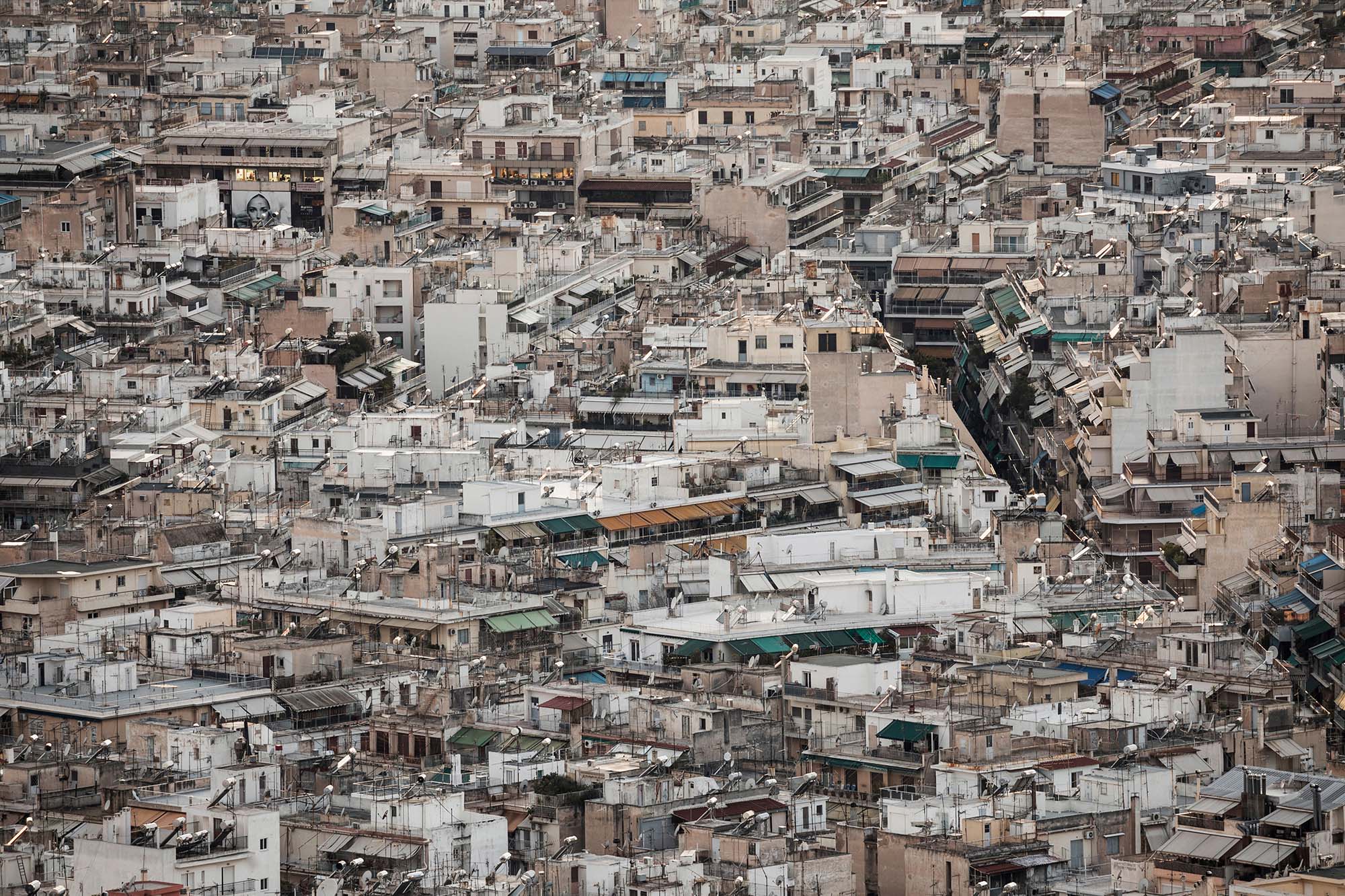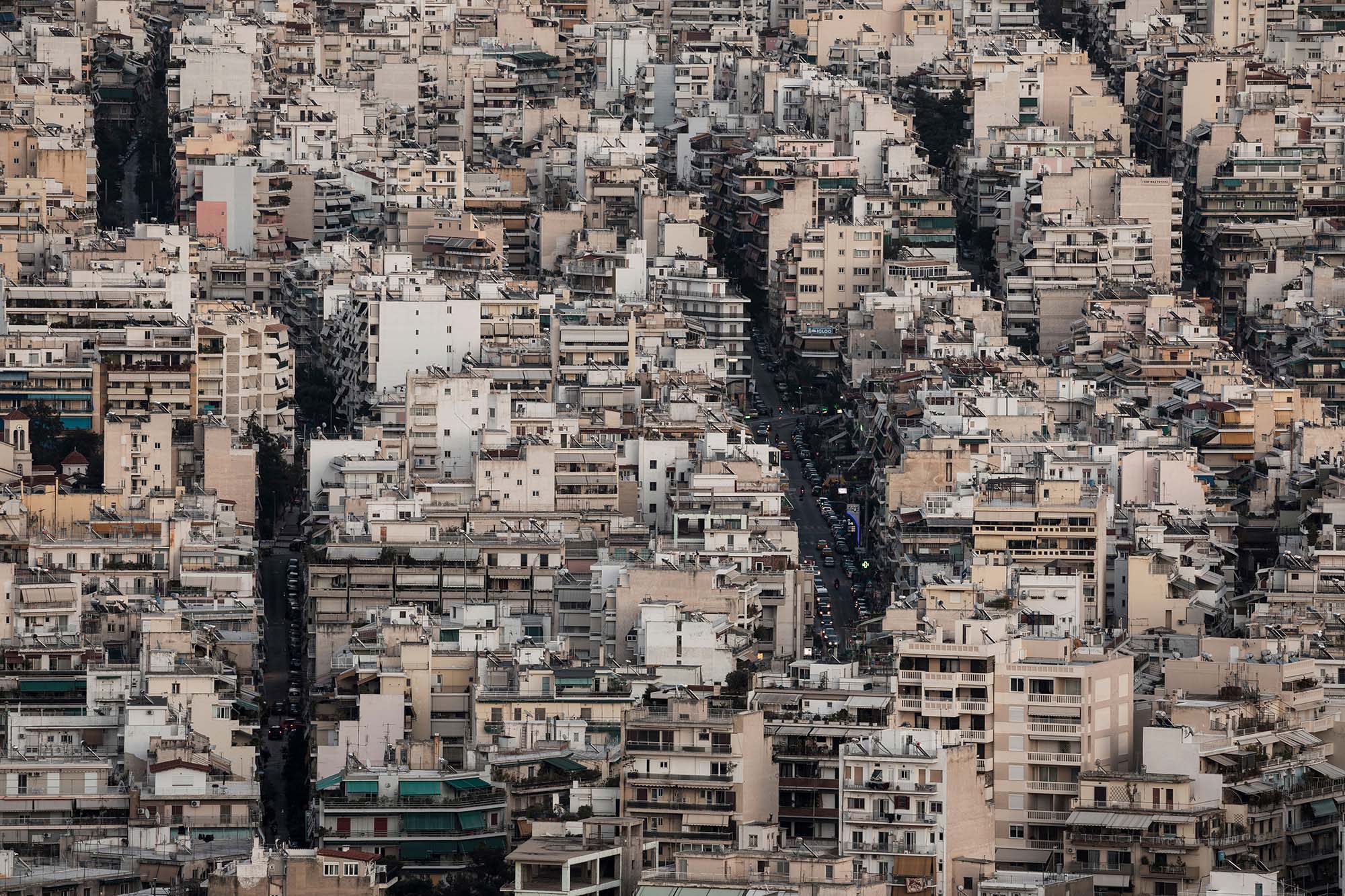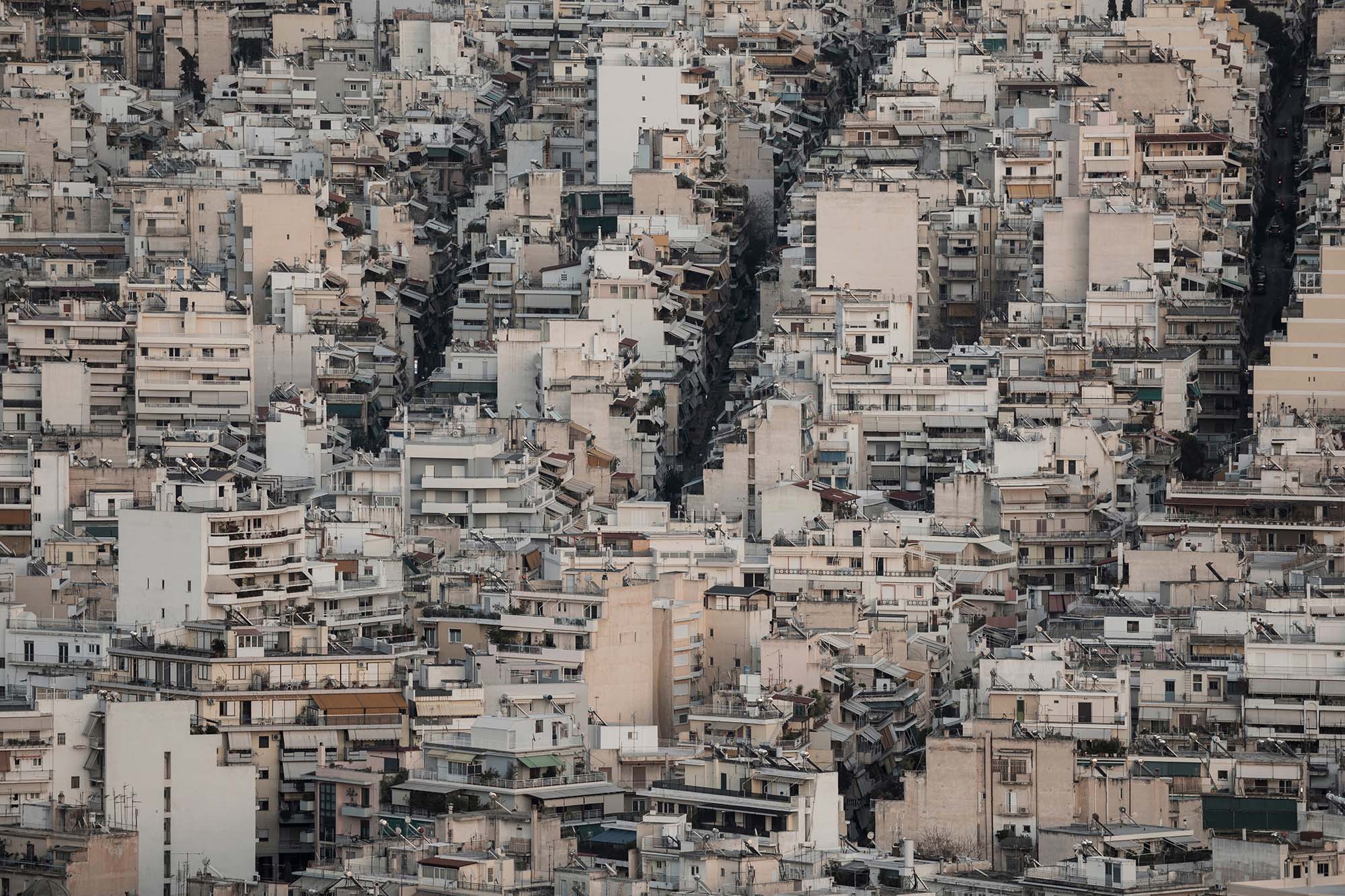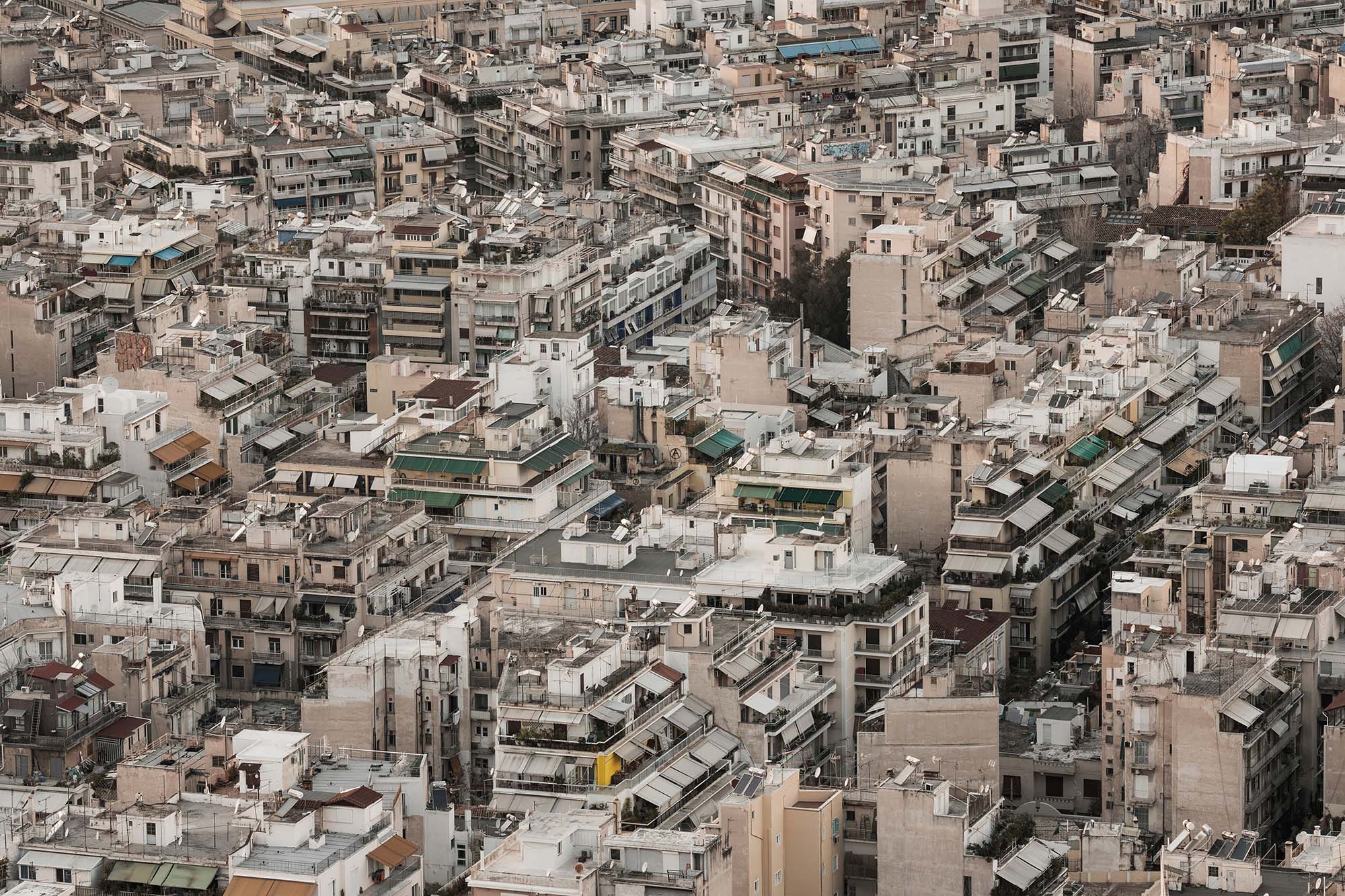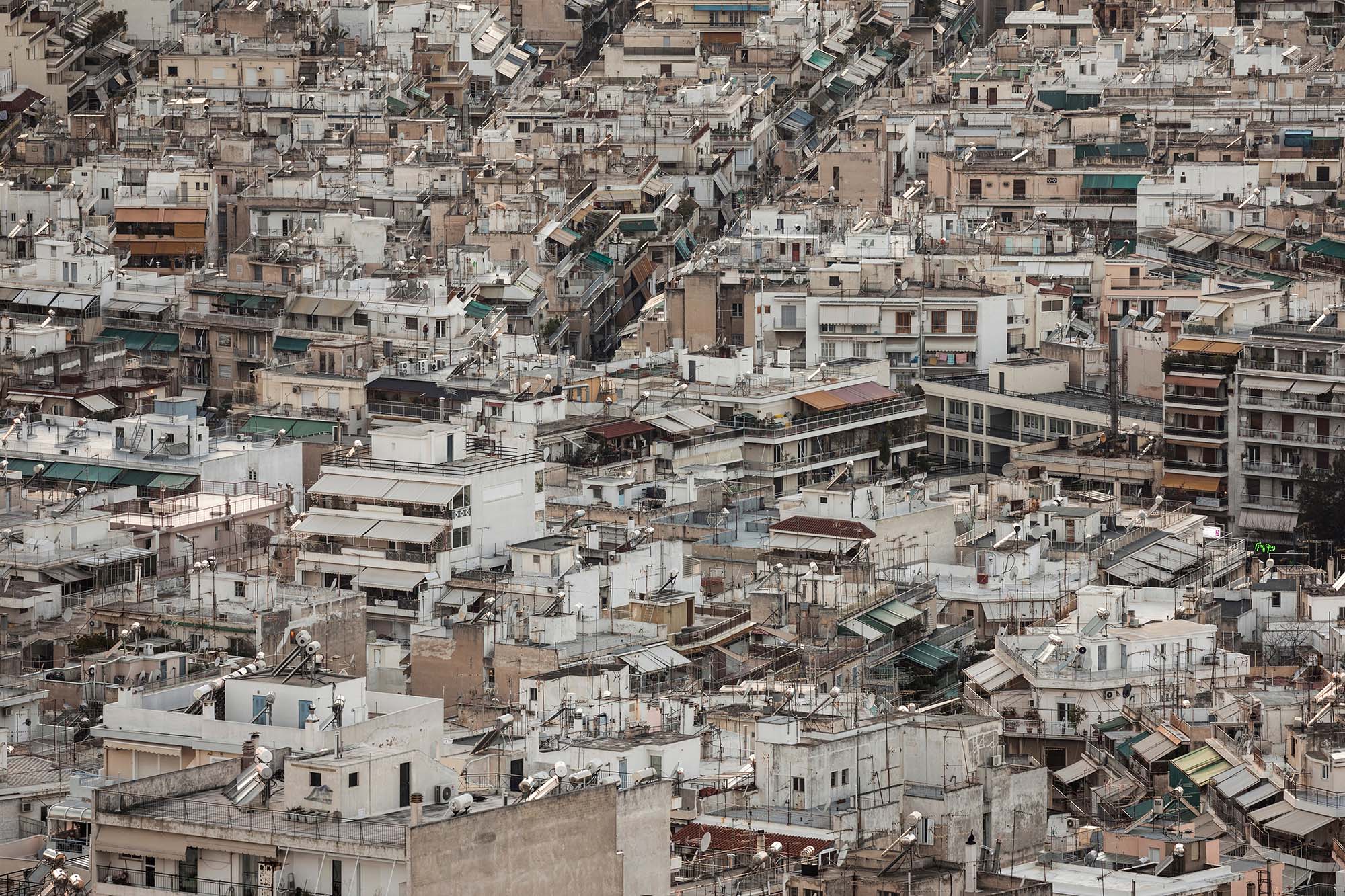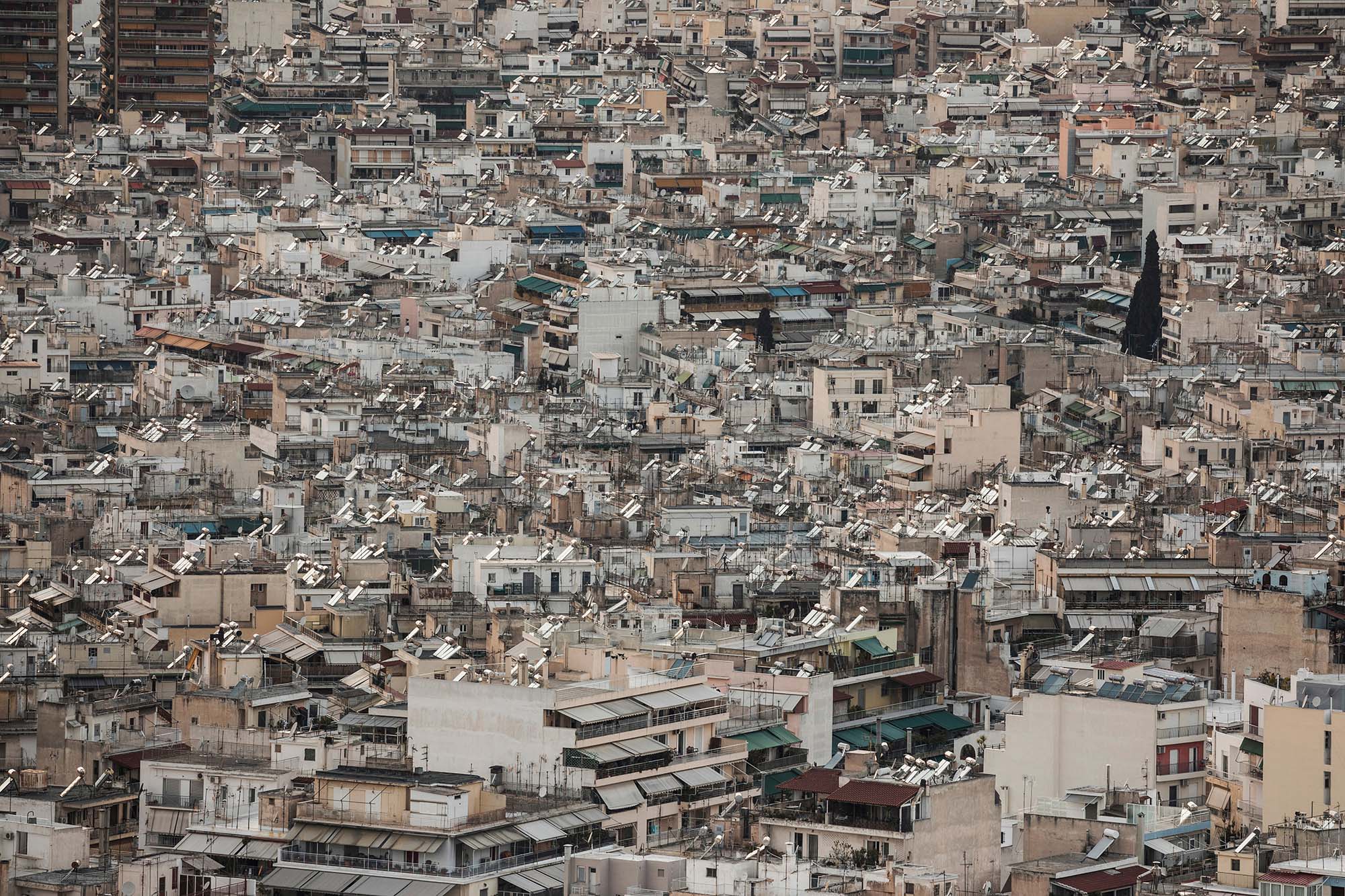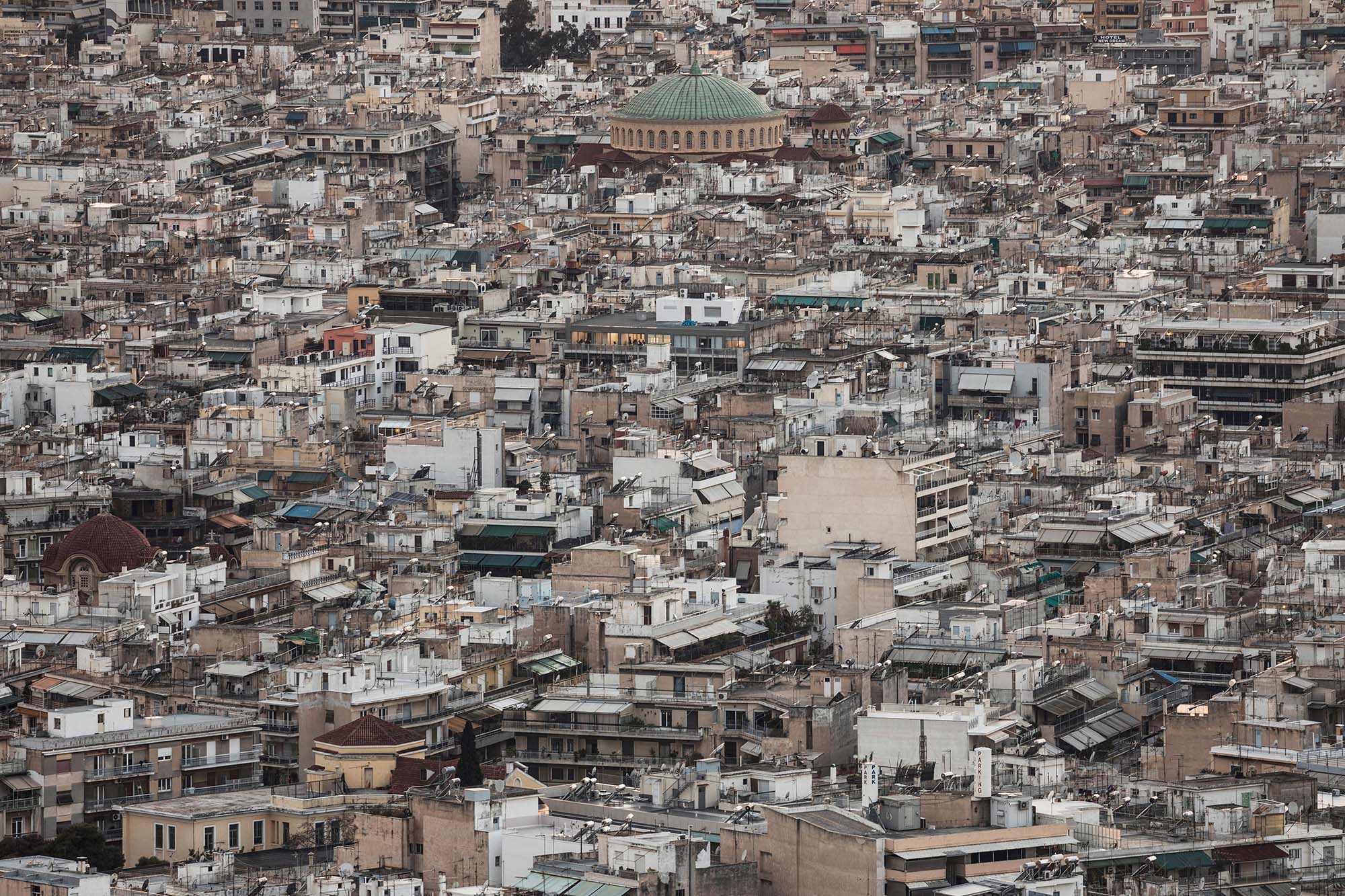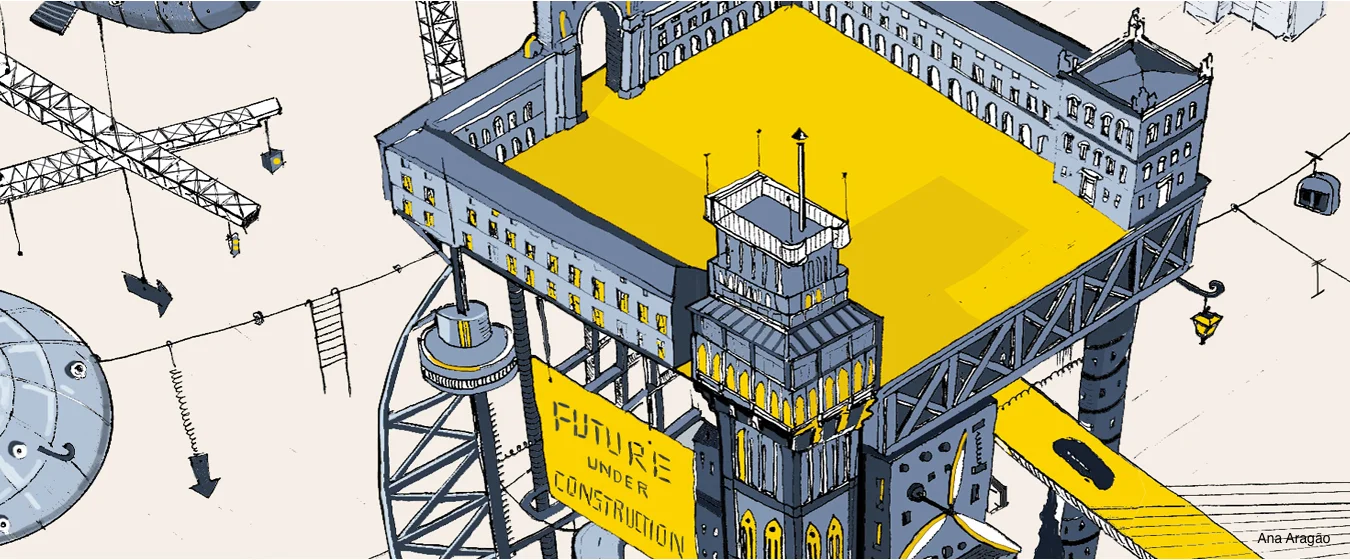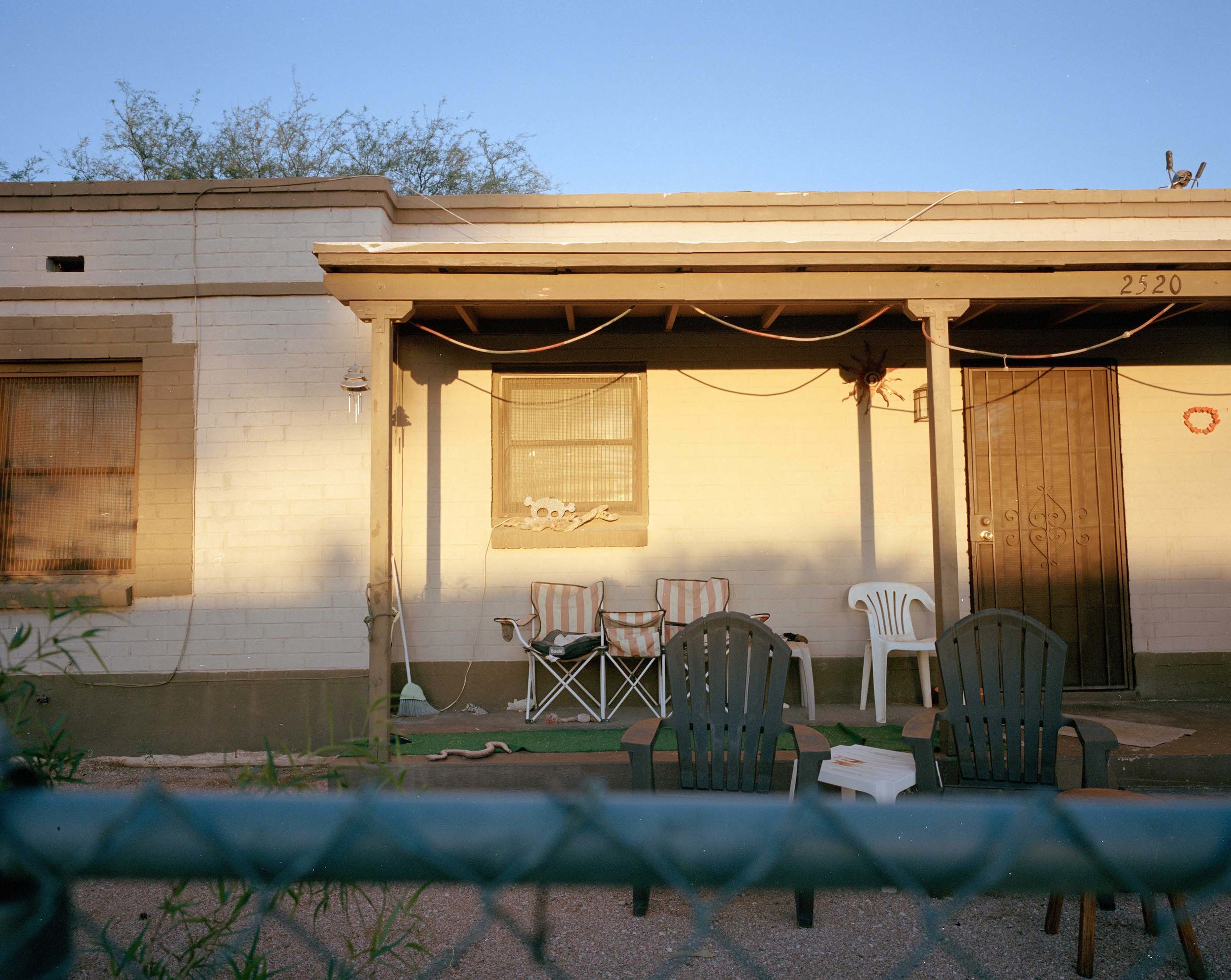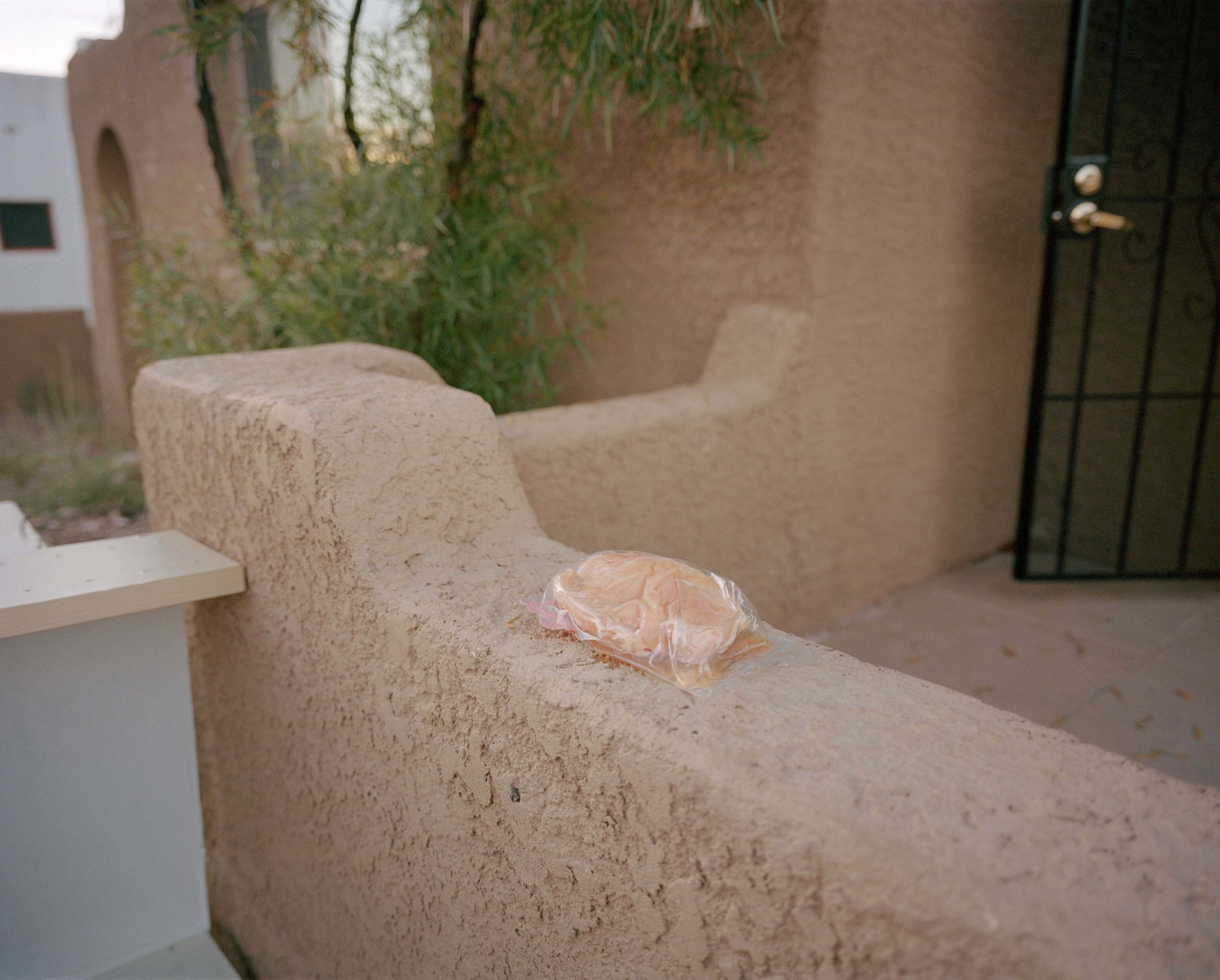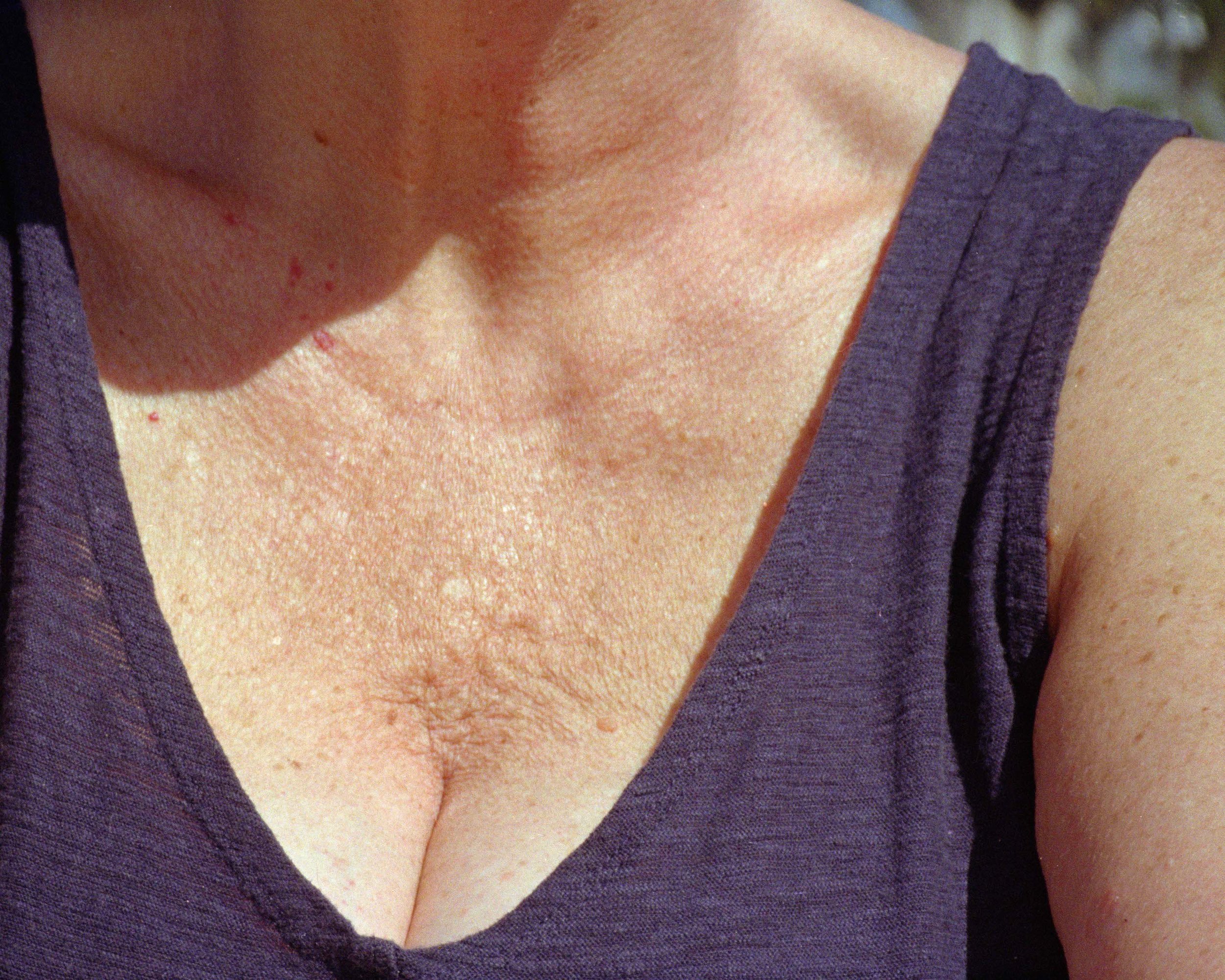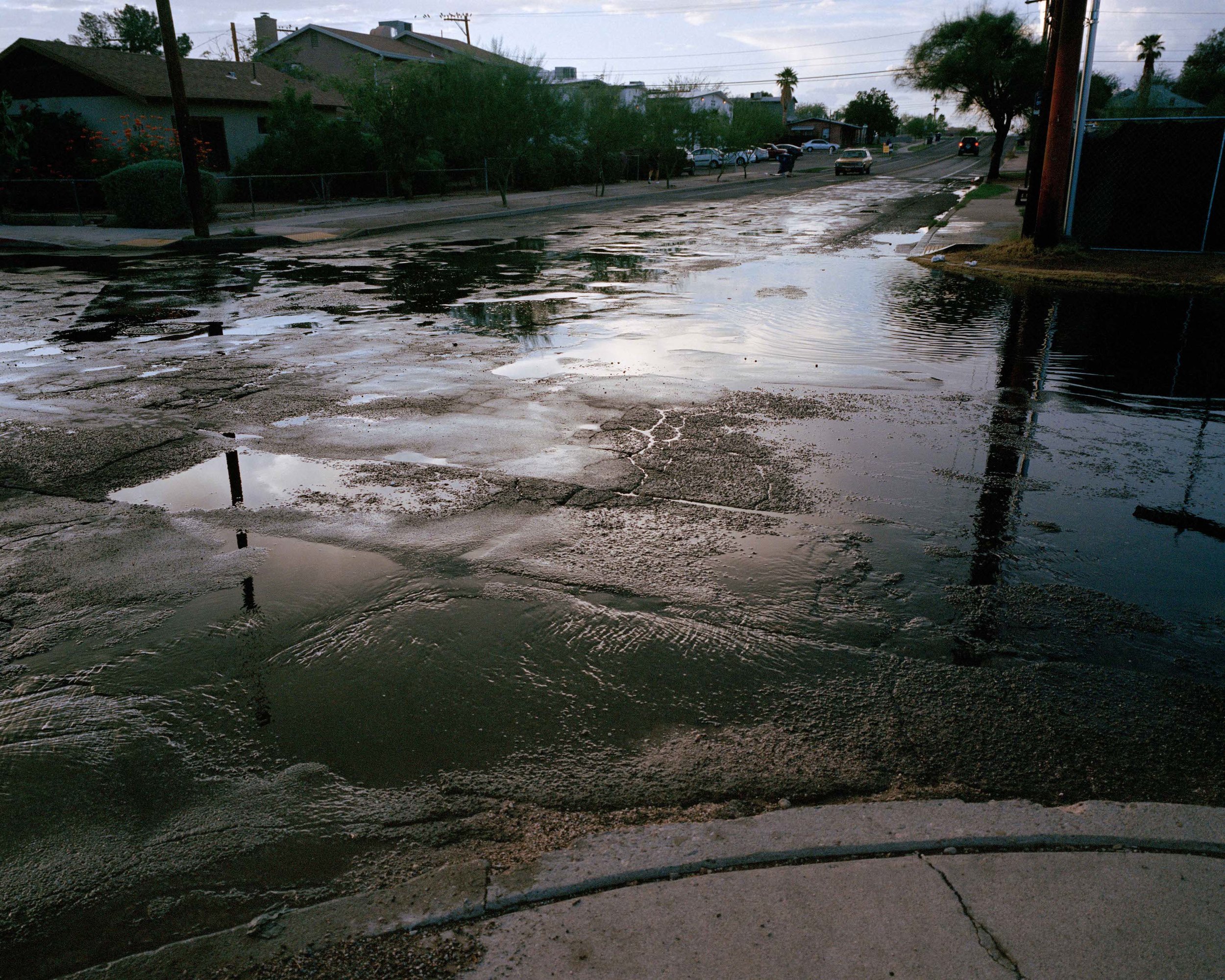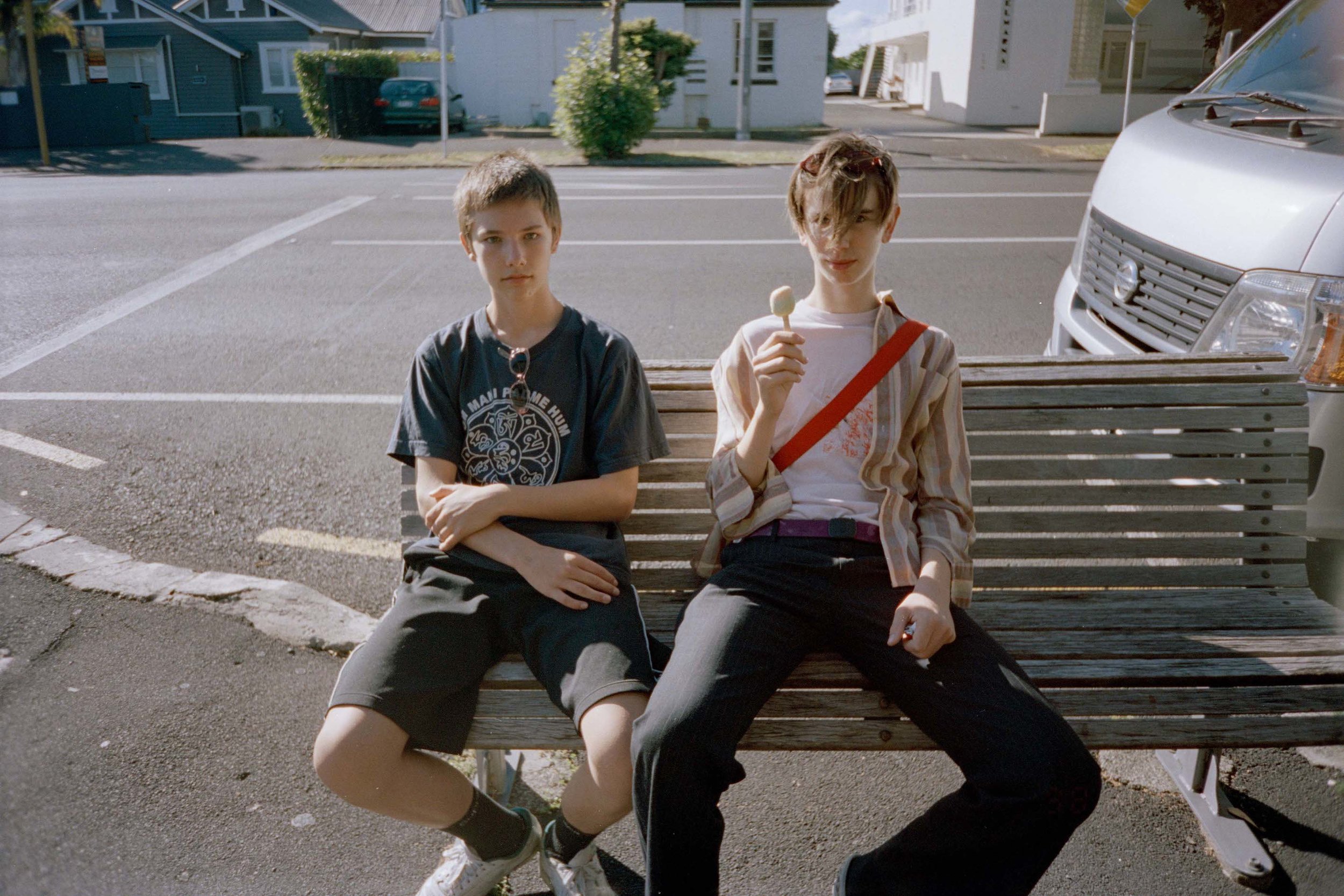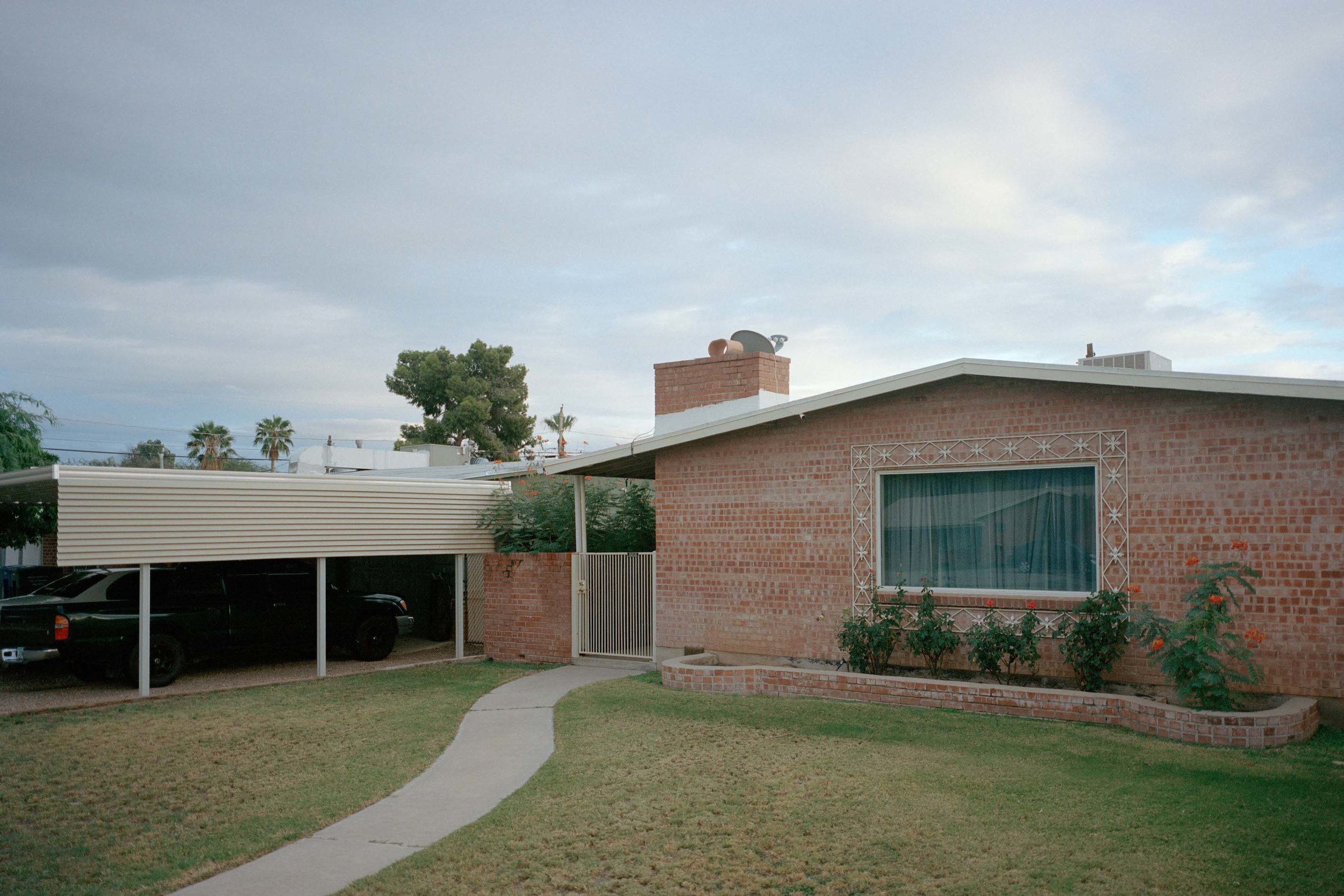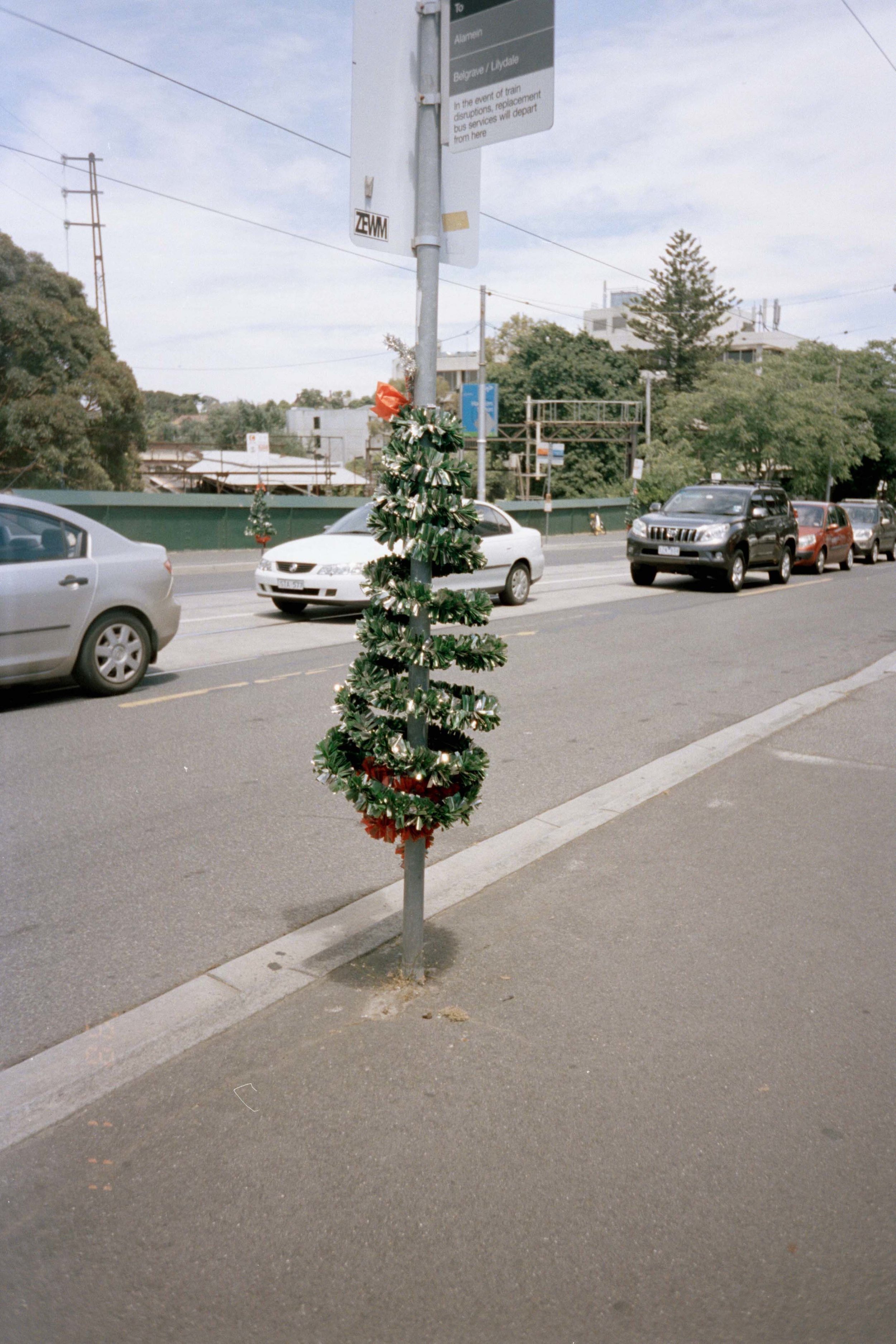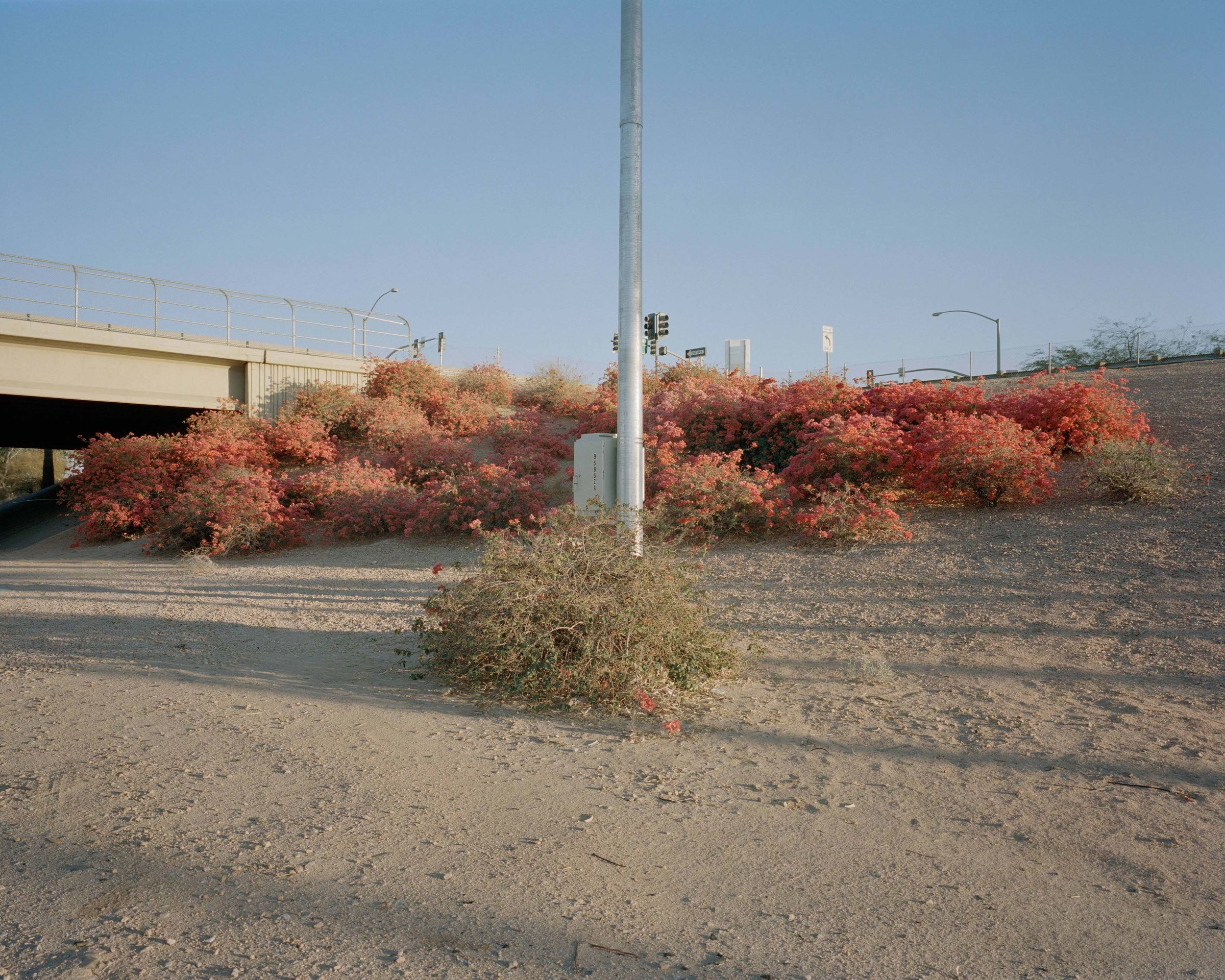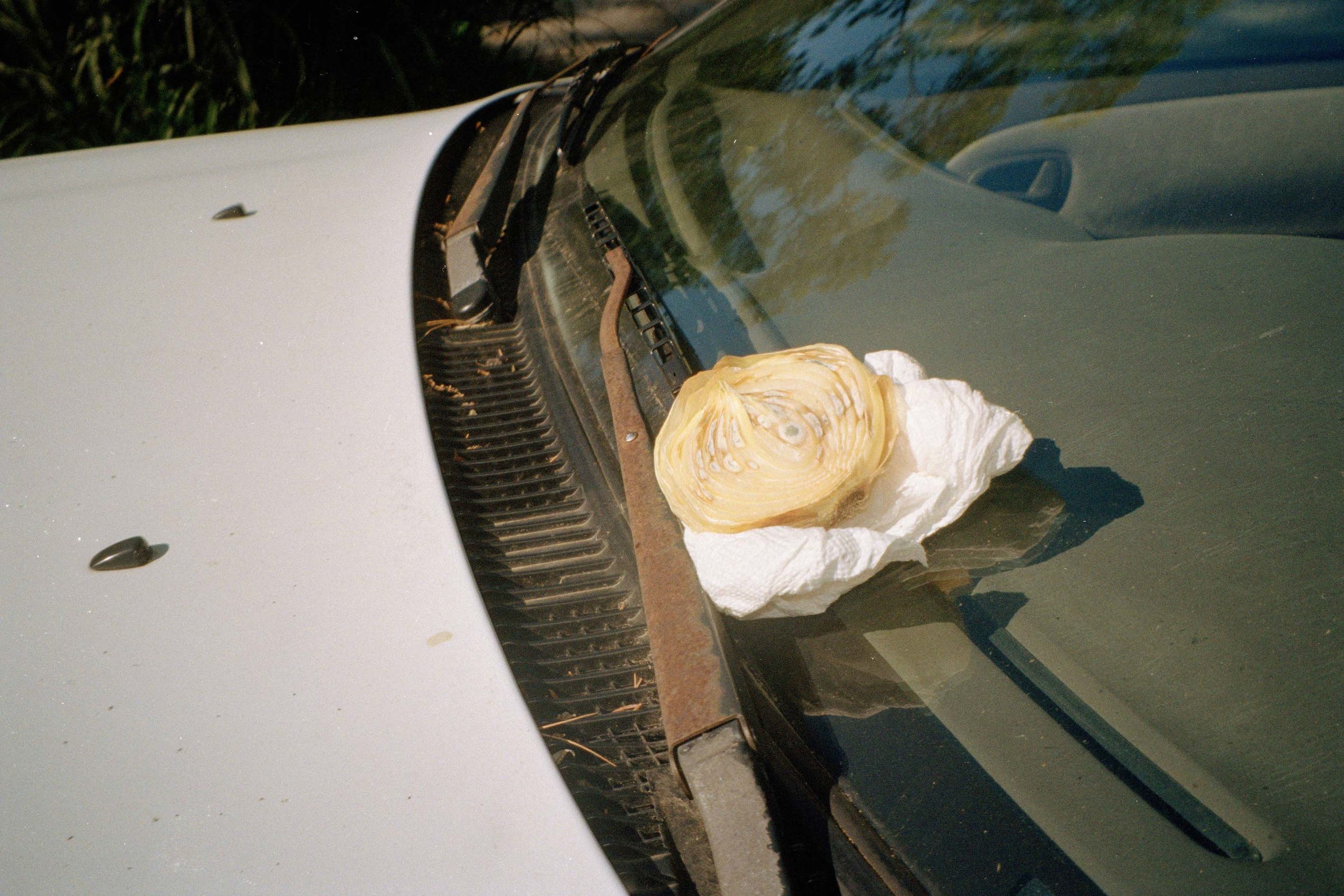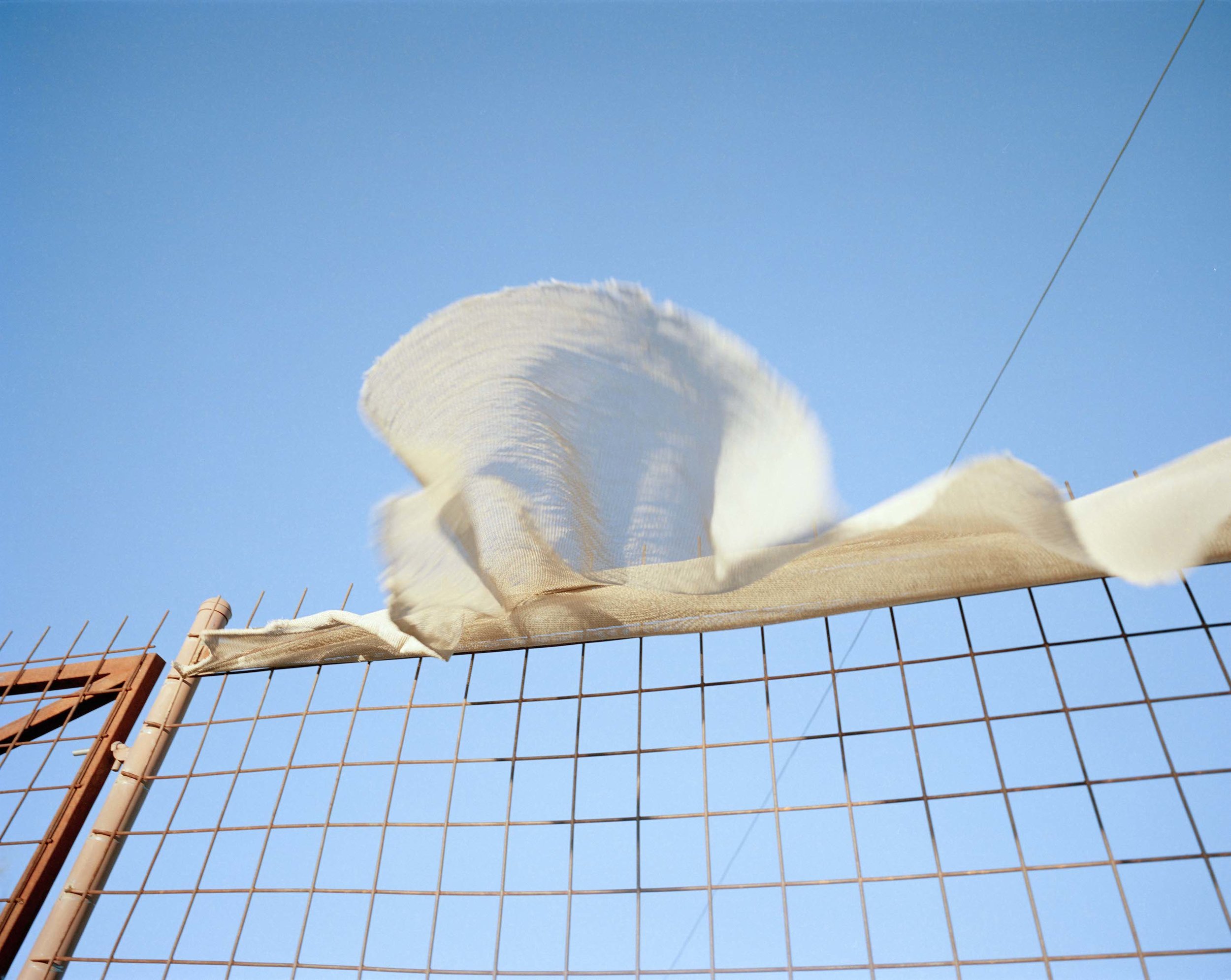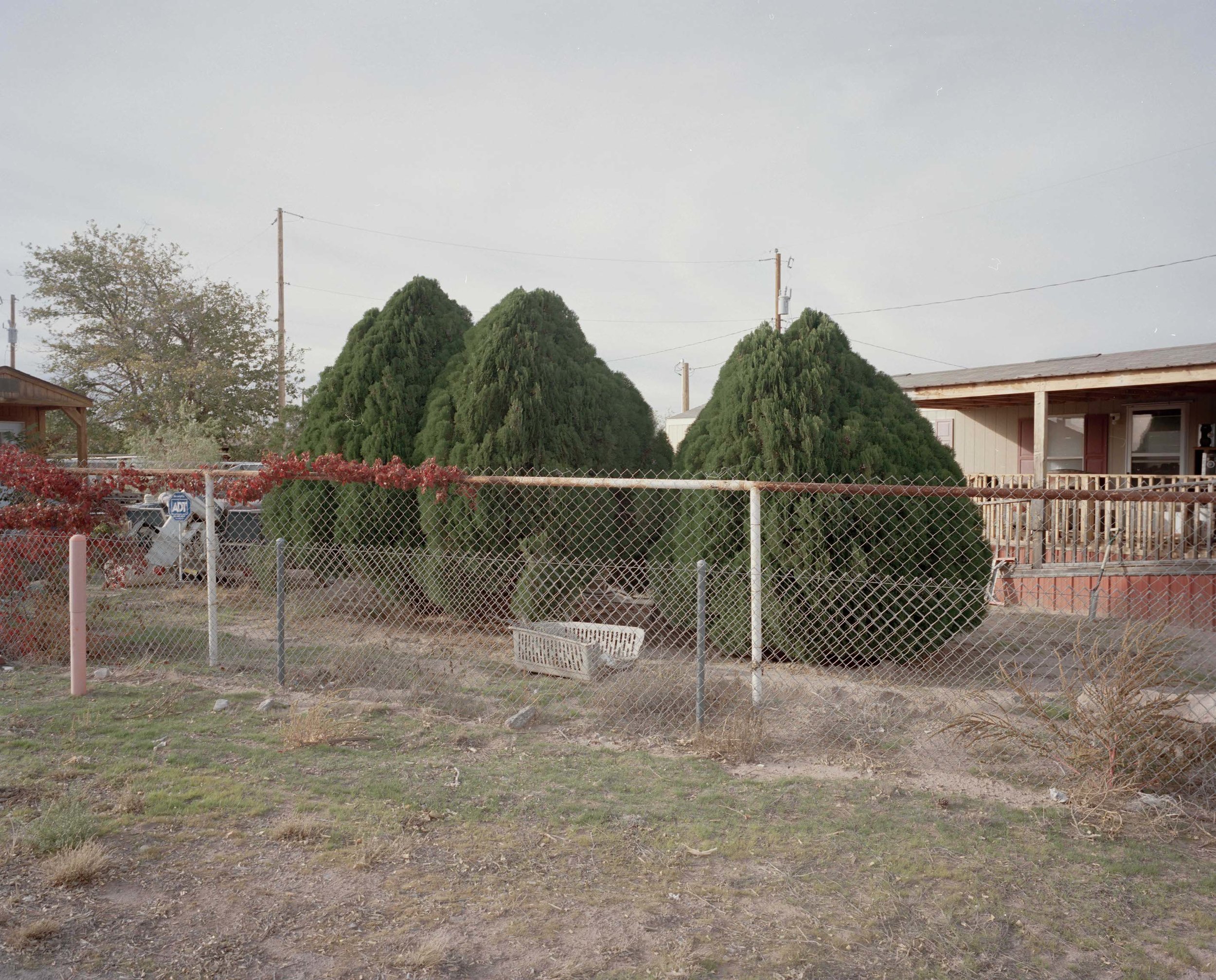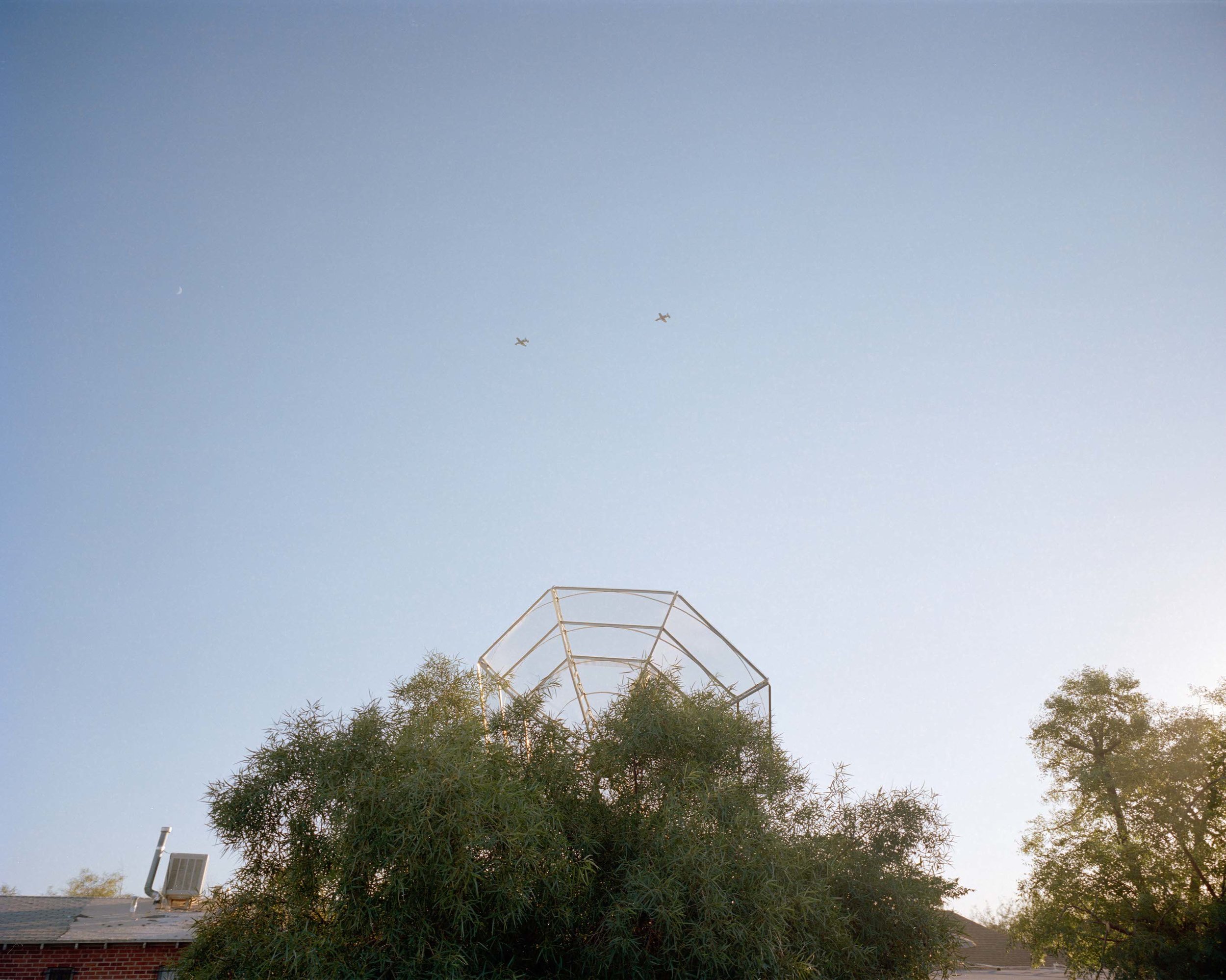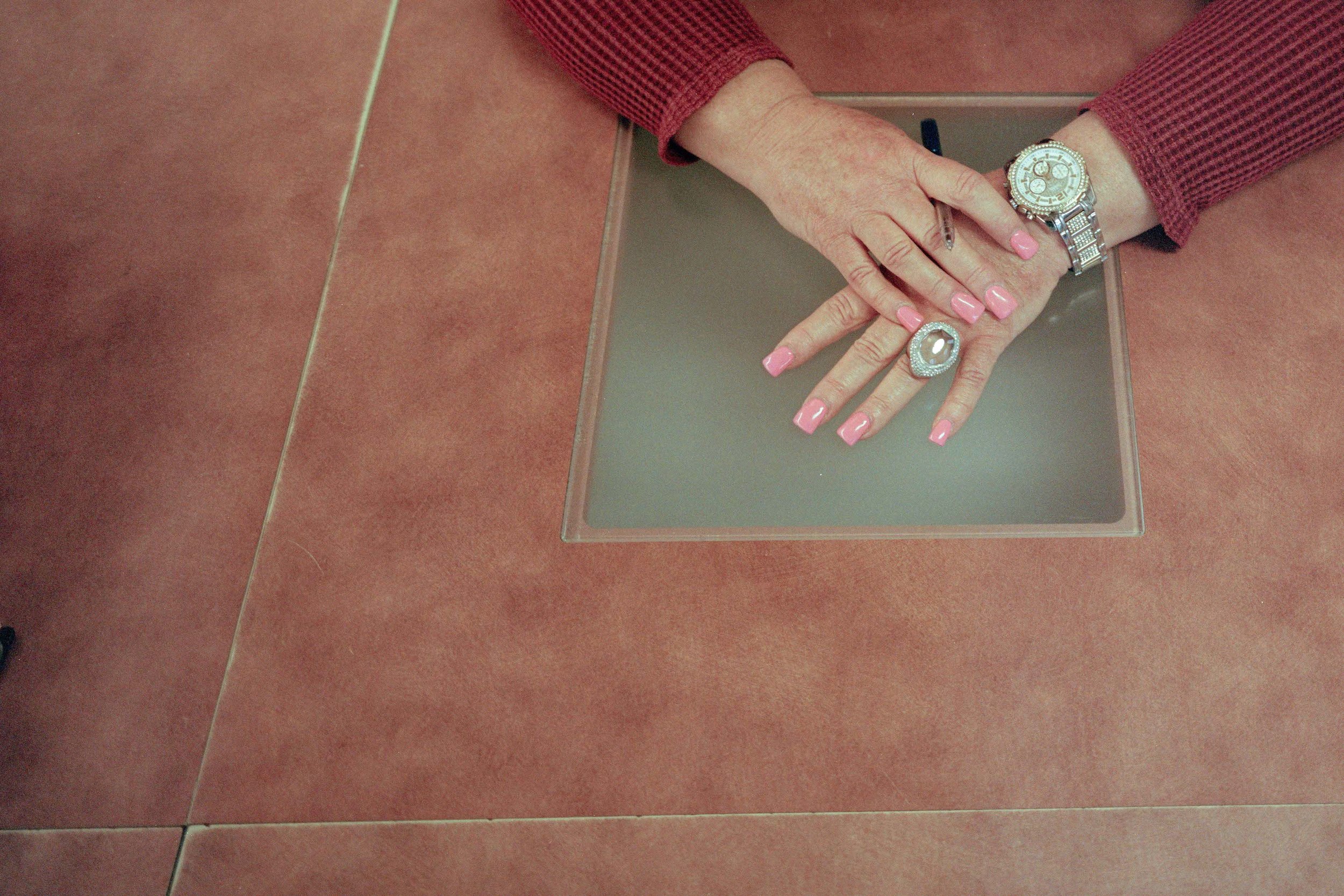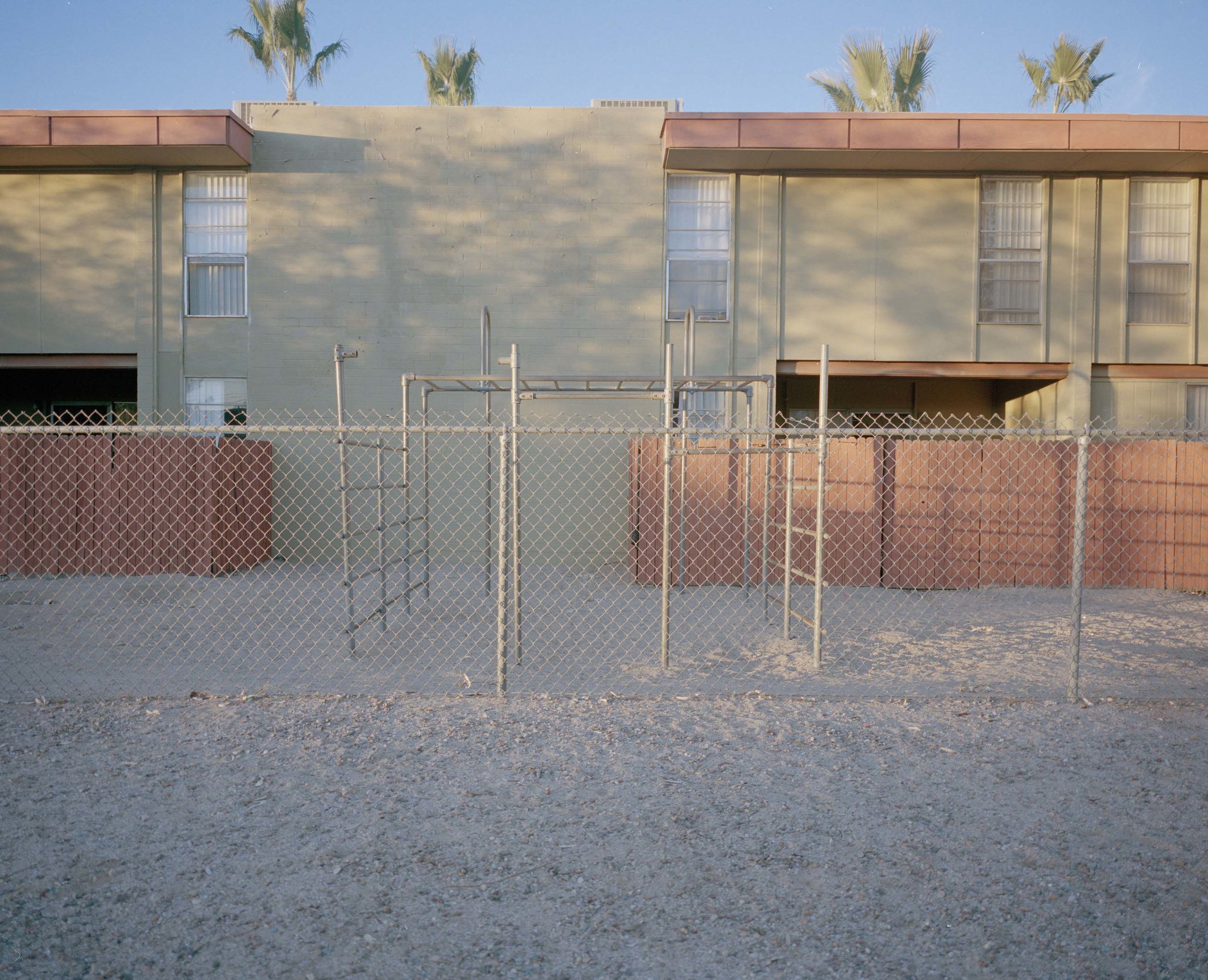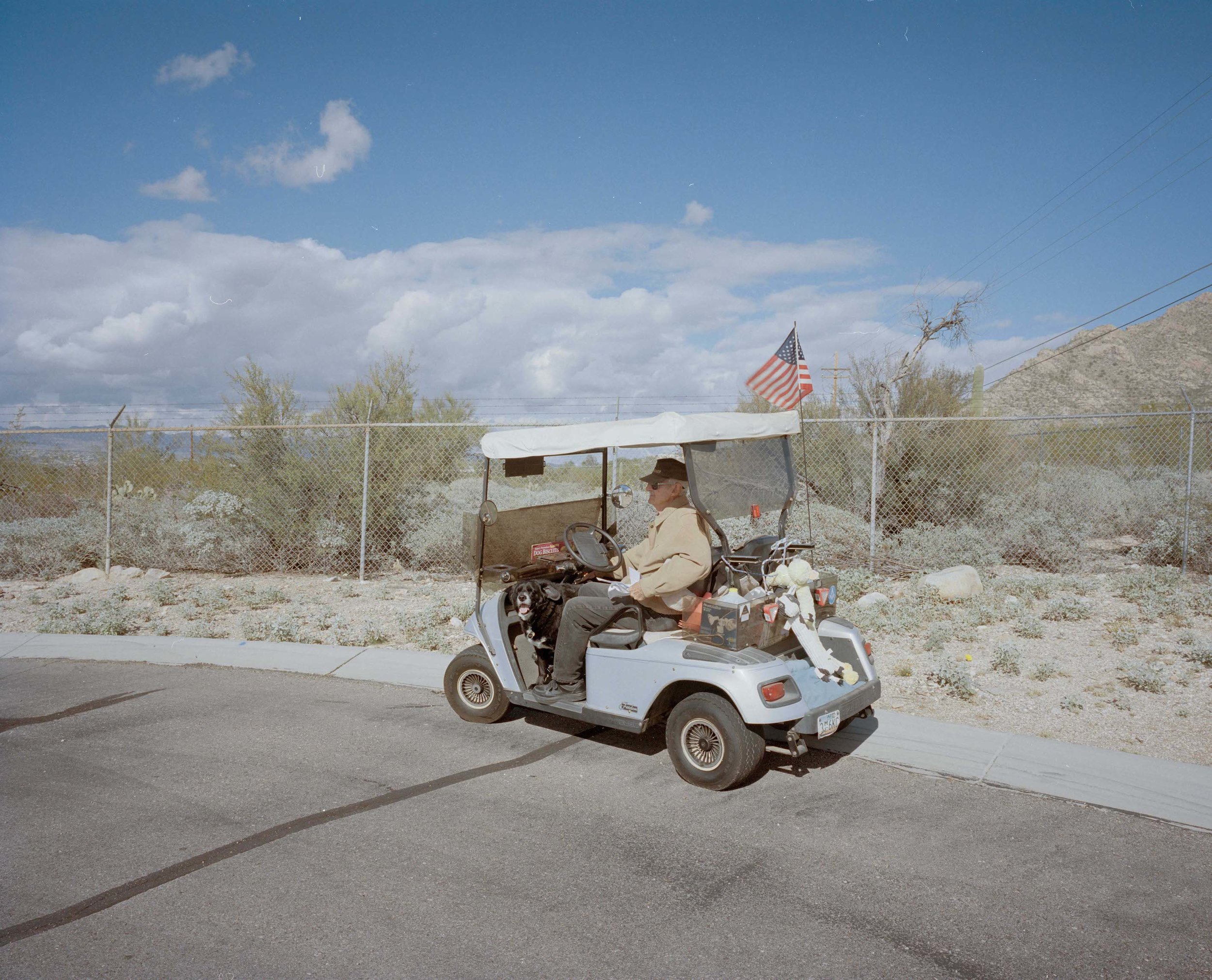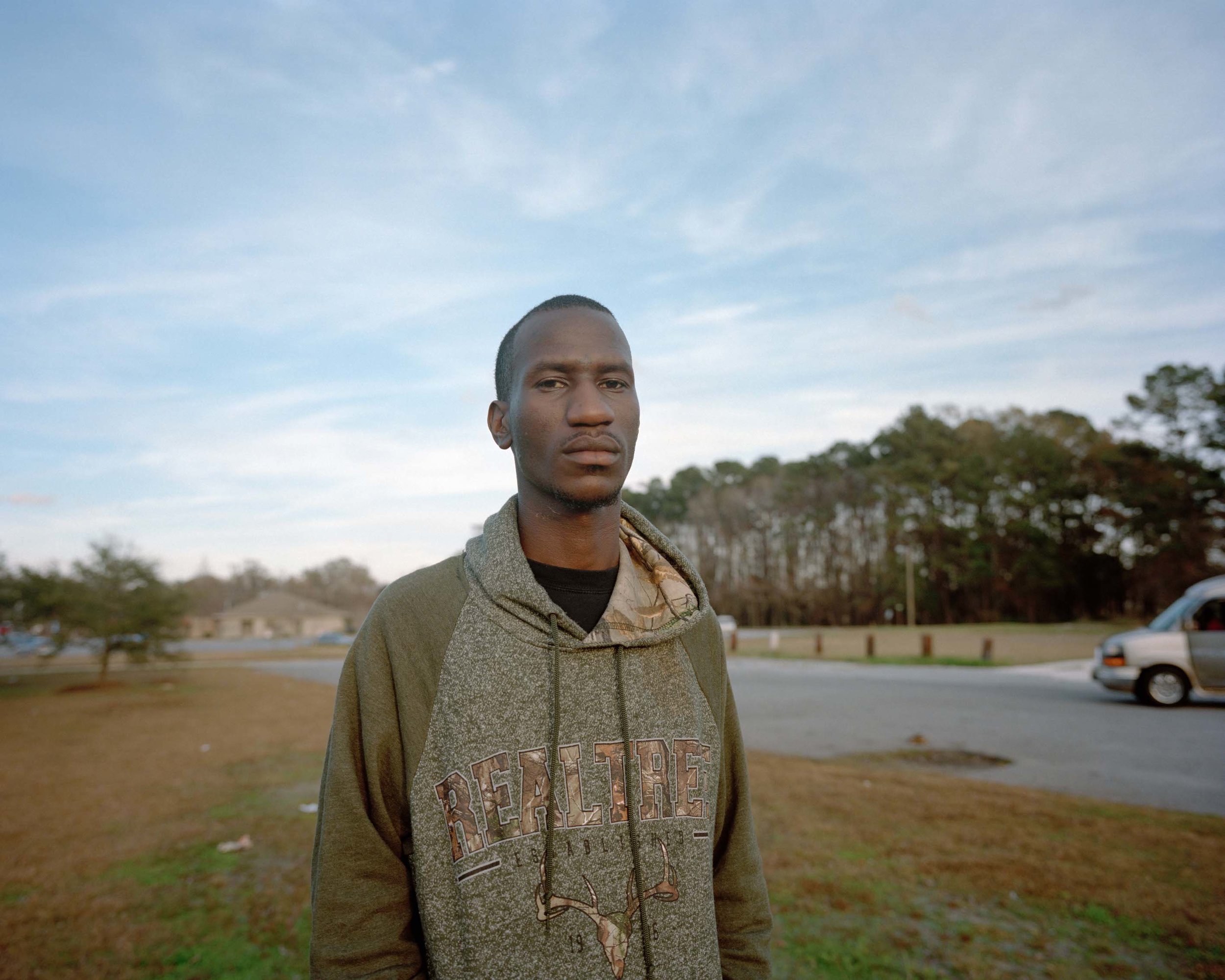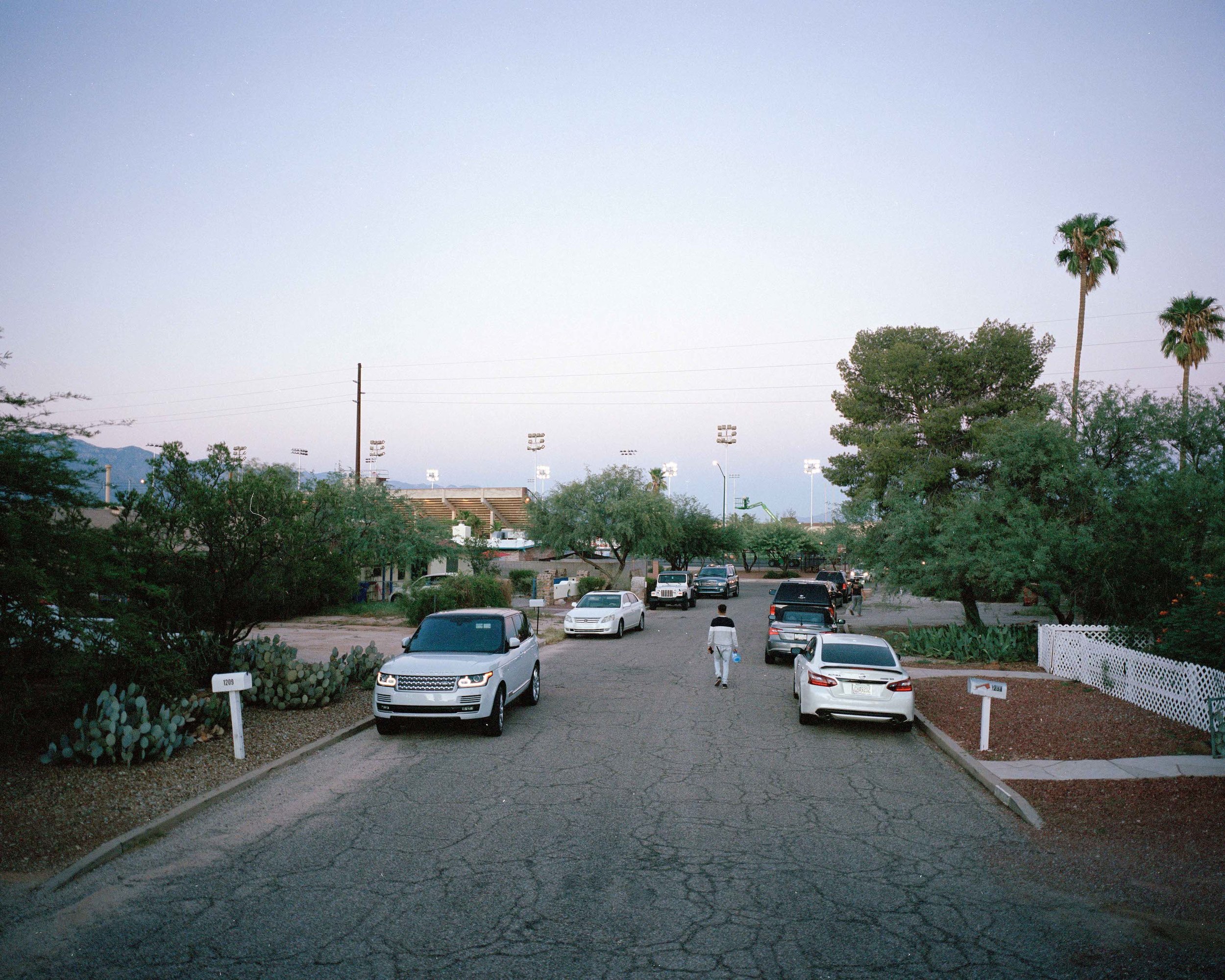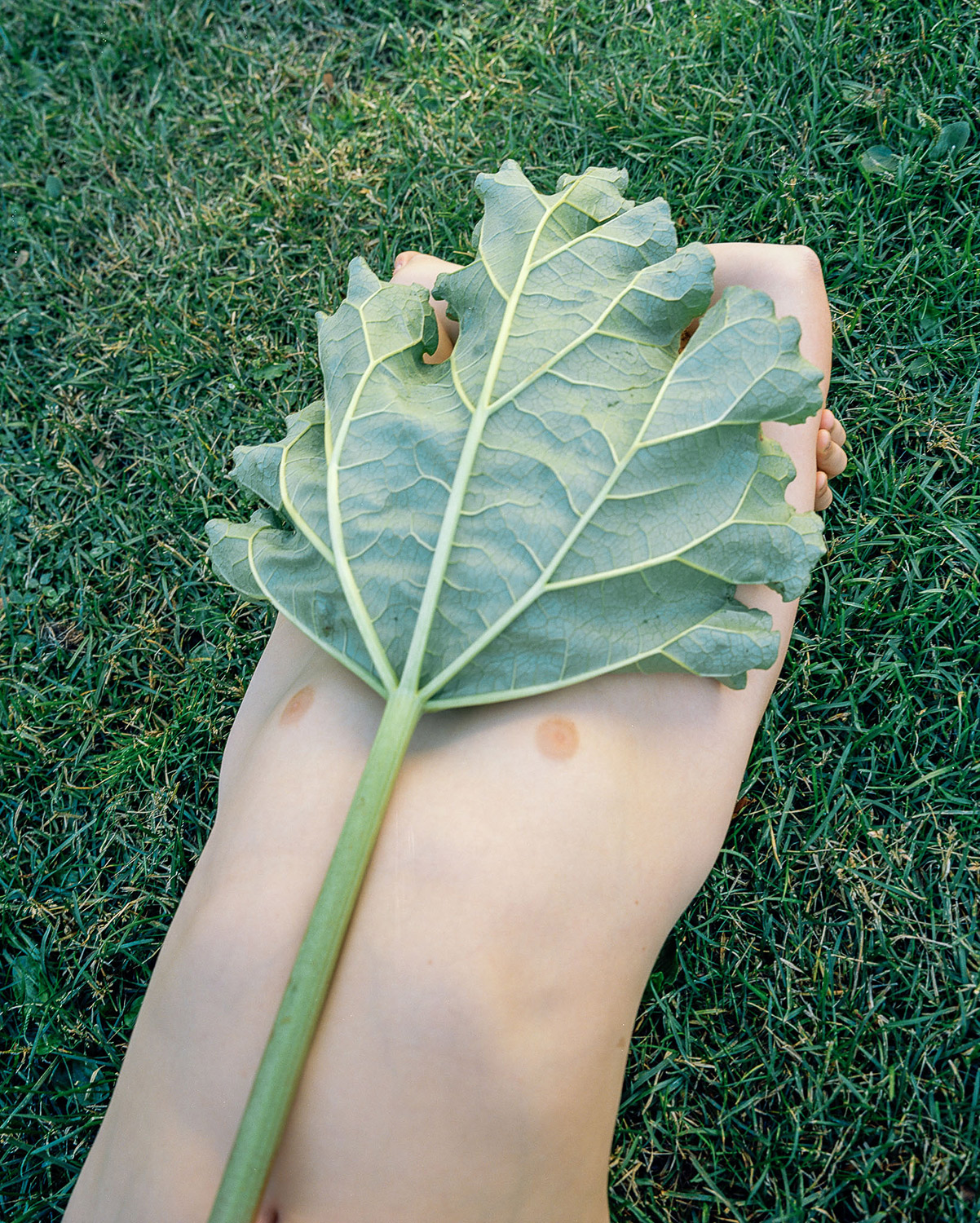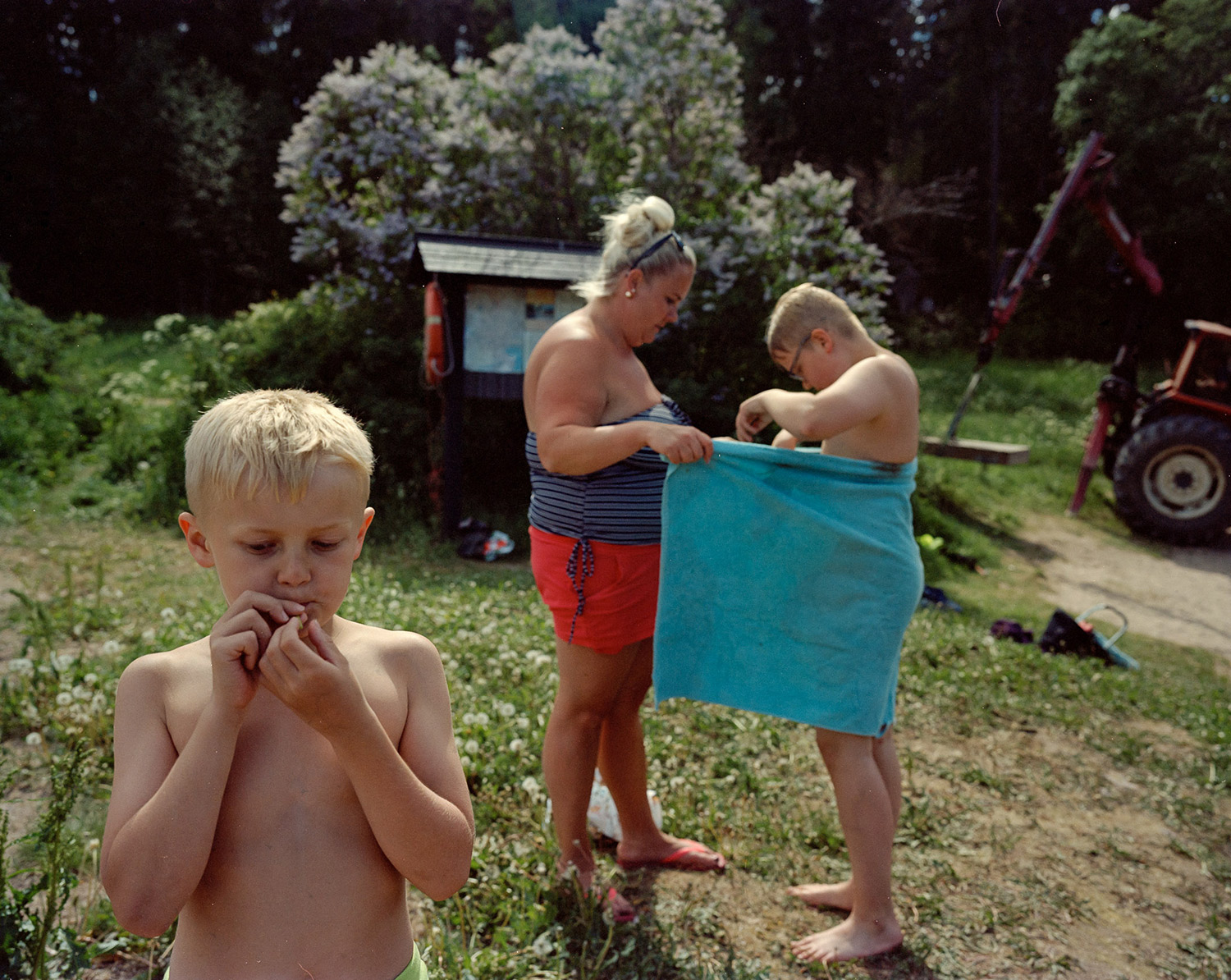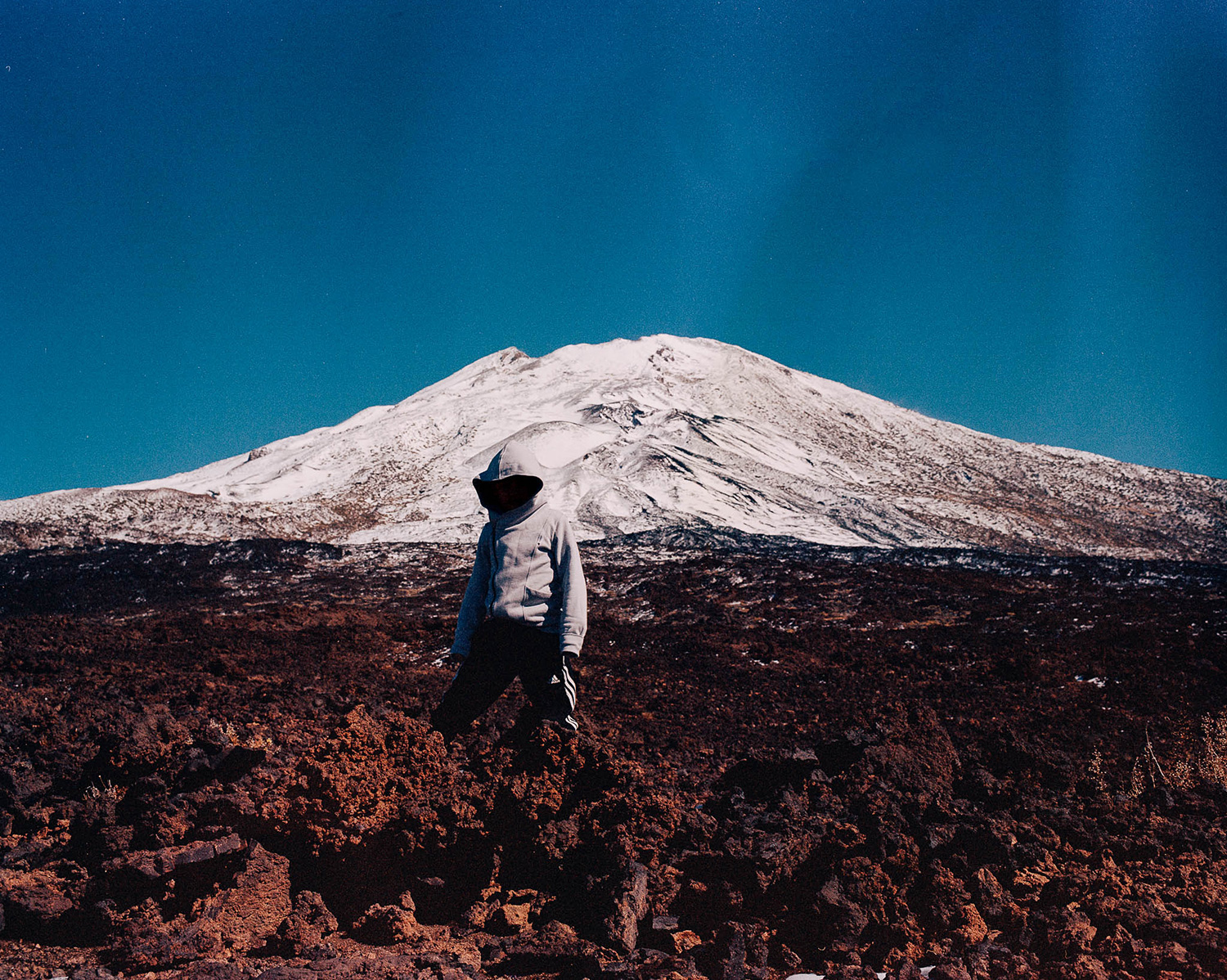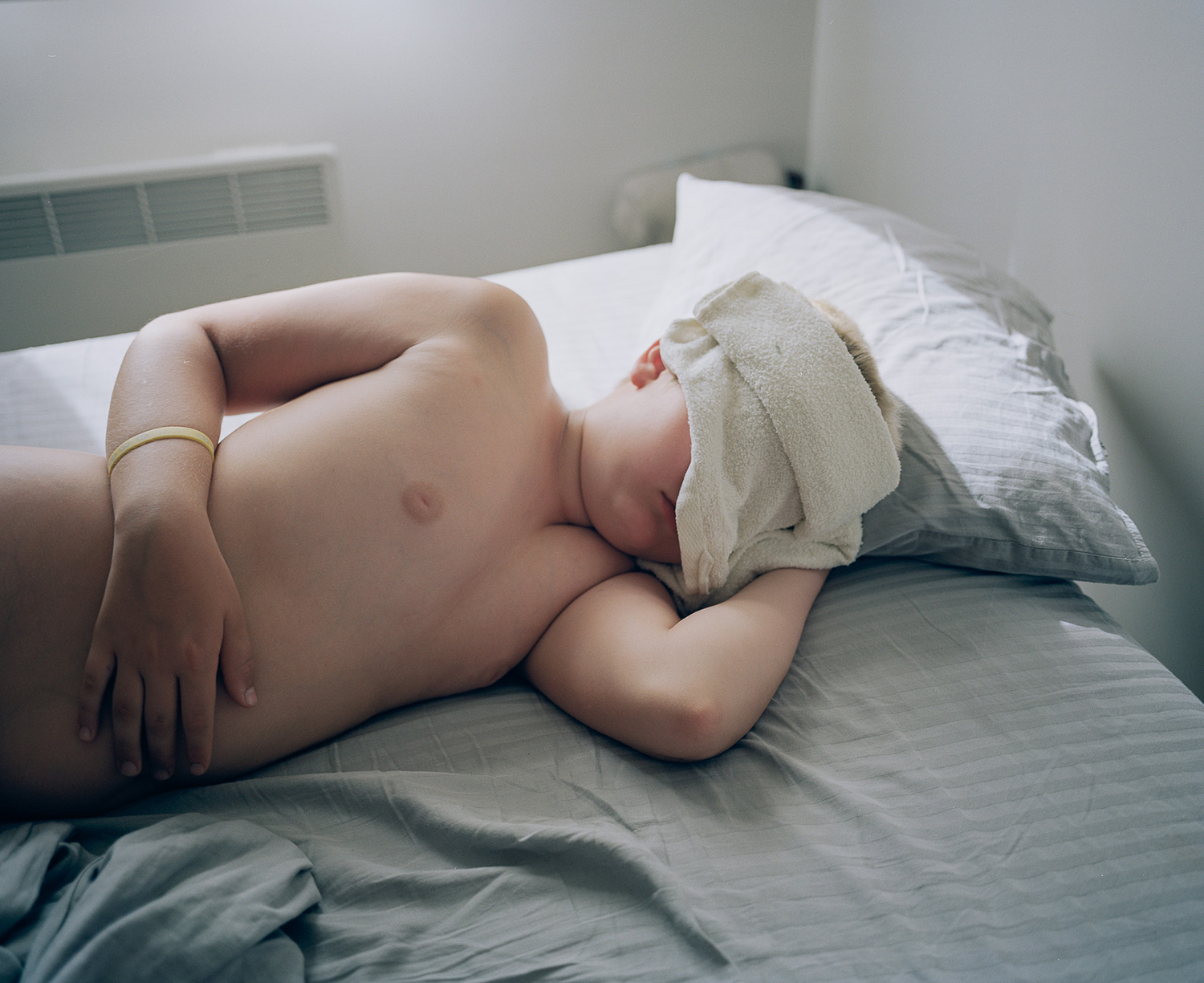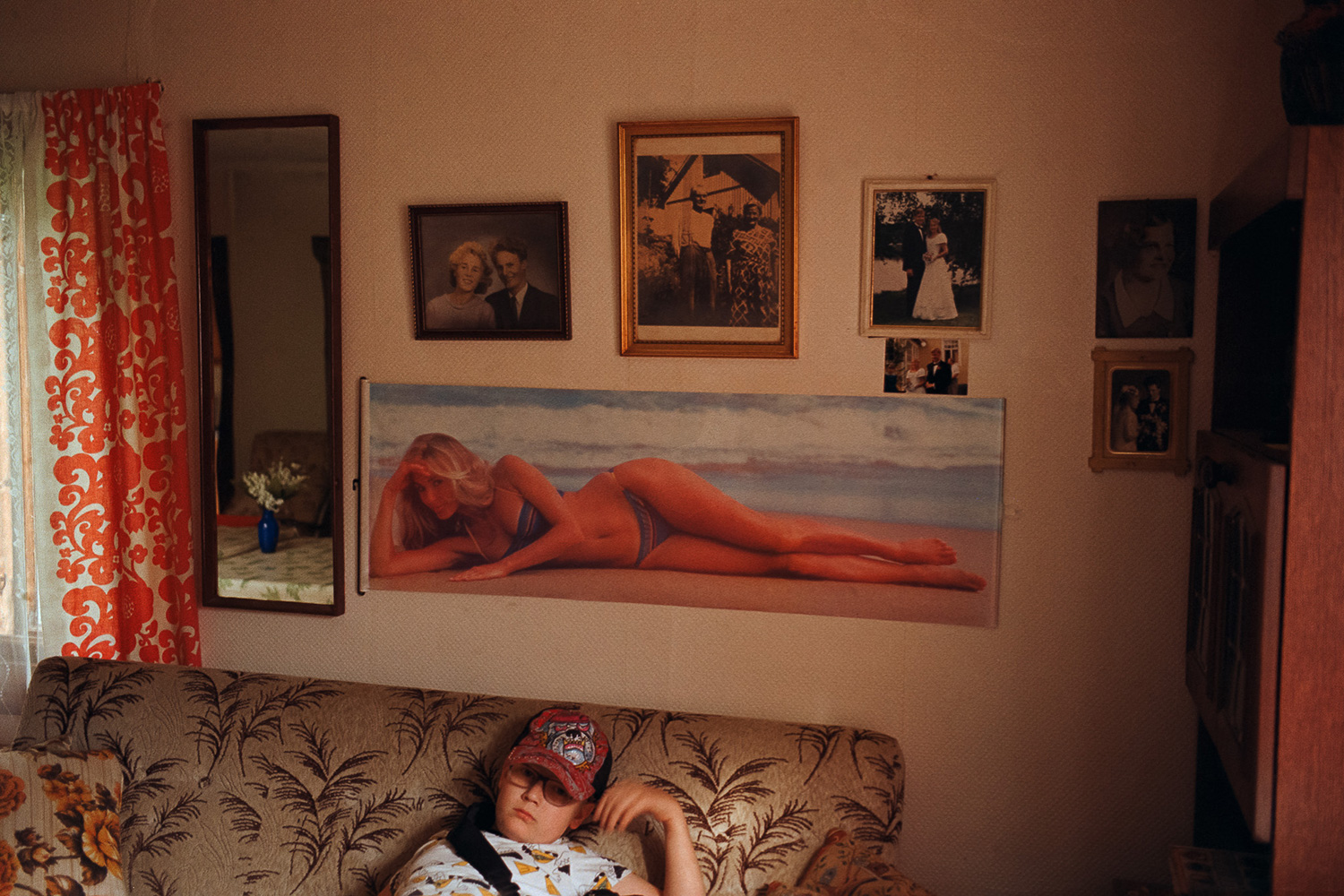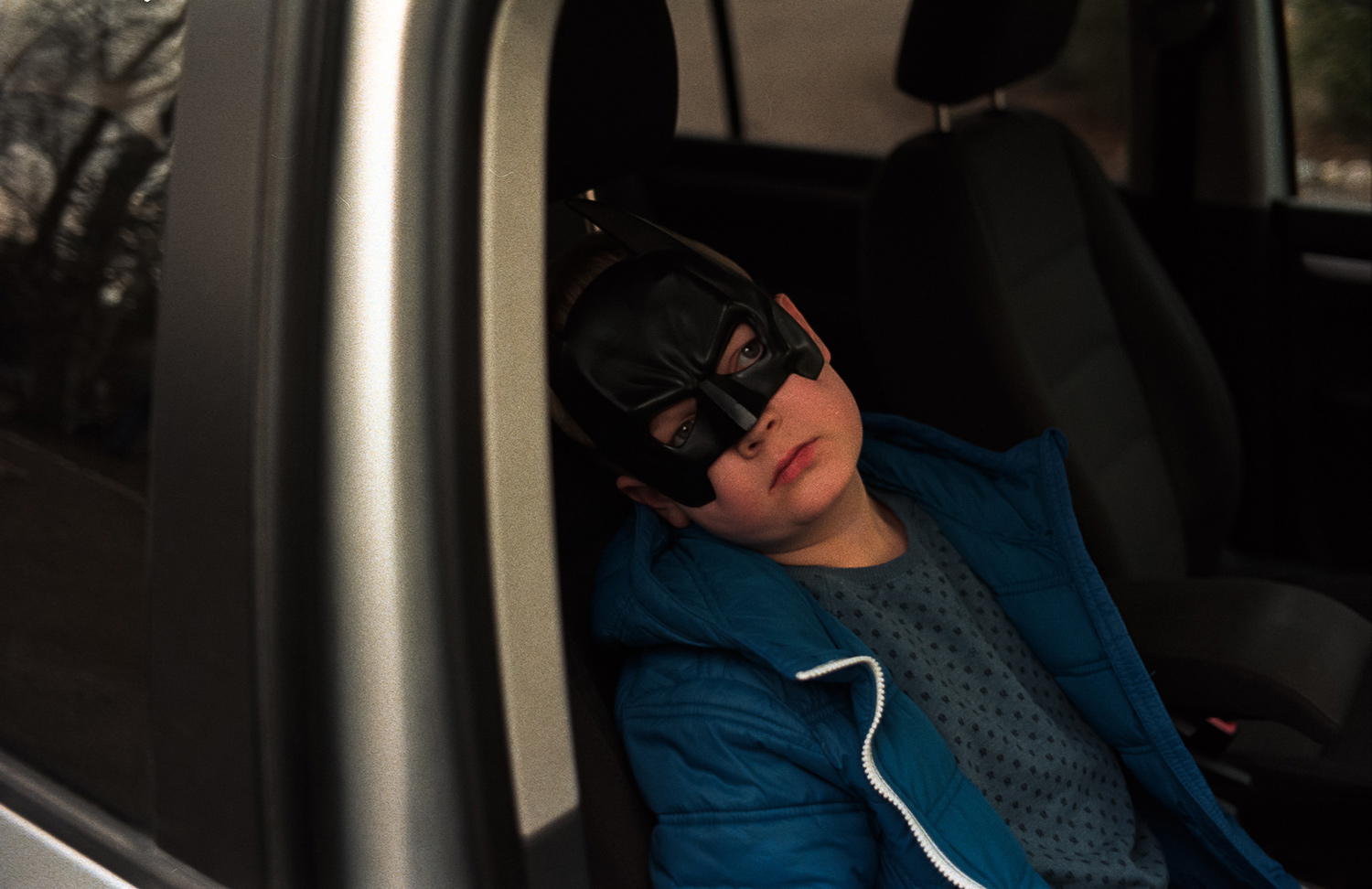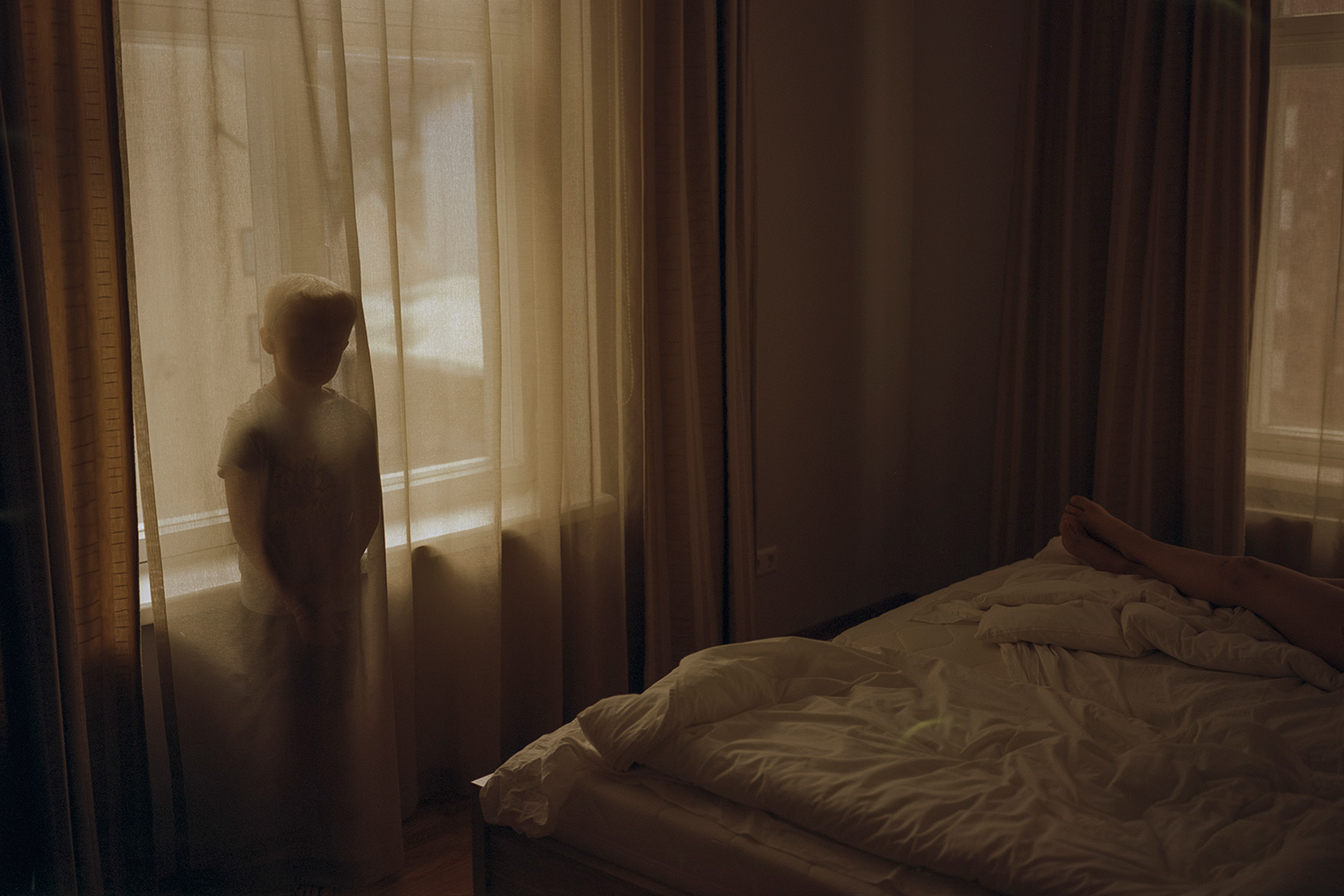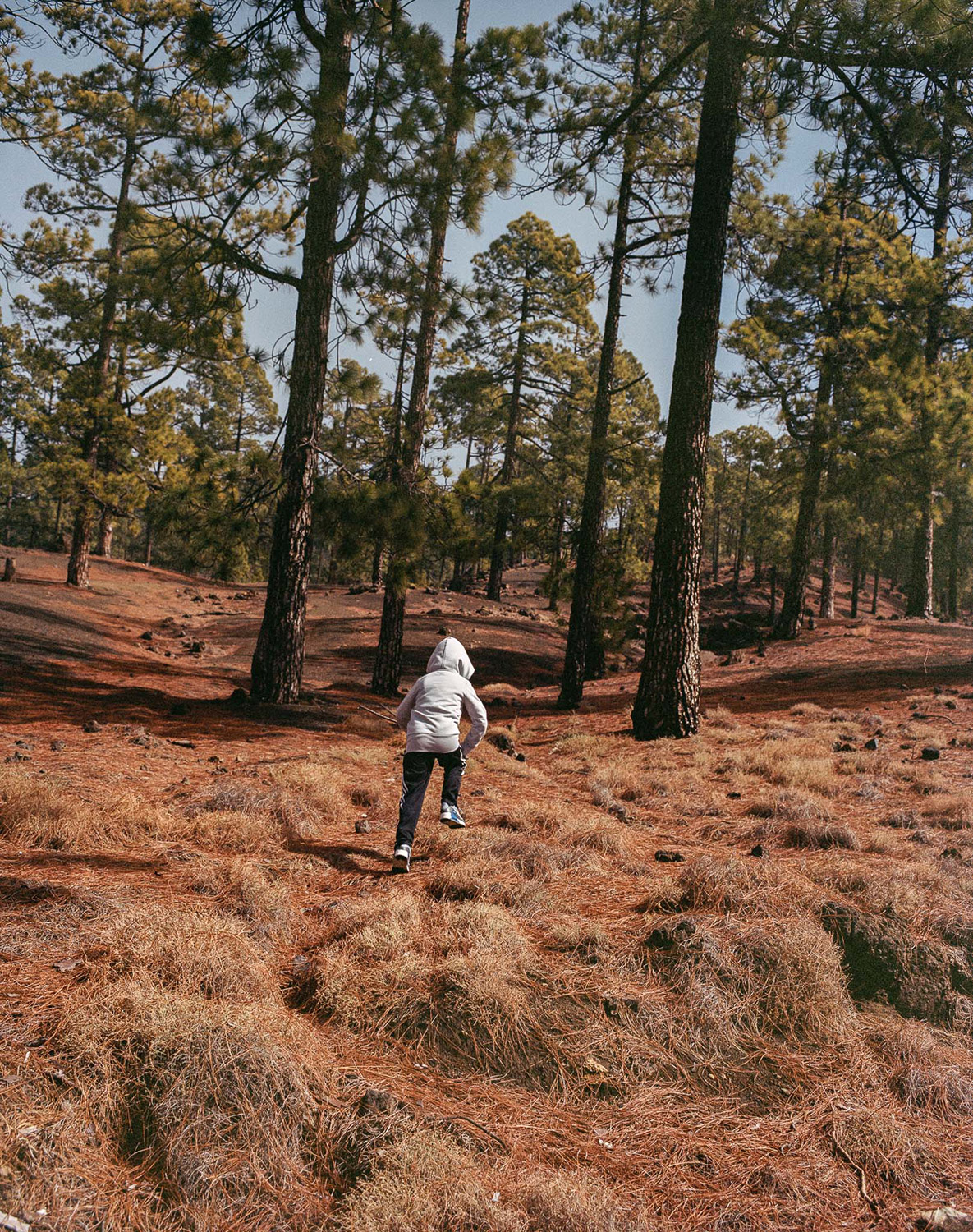SCOPIO MAGAZINE ARCHITECTURE, ART AND IMAGE
OPEN CALL: UTOPIA
SCOPIO MAGAZINE - ARCHITECTURE, ART AND IMAGE VOL. 1 | ABSTRACT DEADLINE: 1 MARCH 2023 | UTOPIA
Director: Pedro Leão Neto
Editors: David Leite, Fátima Vieira, Isa Clara Neves, Maria Neto, Mário Mesquita and Miguel Leal
Invited Editor: José Carneiro
Abstract deadline: the 1st of March 2023
Selected authors will be notified by the 1st of April, 2023
Manuscript deadline: the 1st of September 2023
Publication date (tbc): by December 2023
Scopio Magazine Architecture, Art and Image is currently accepting submissions for its first volume of its thematic cycle "Utopia", addressing a modern notion of Utopia that entails the idea that we must have ambitious visions for the future and propose operational paths, in a creative and collaborative manner, towards the transformation of our society. As advocated by Ernst Bloch in The Principle of Hope, published eight decades ago, utopias offer visions of a better future world and are thus to be seen as part of our current reality and not excluded from it. They are, in this sense, wishful images that direct us towards real possibilities and help us forge a path towards social transformation. We are interested in works that: 1) reveal the potential of Image as a medium capable of crossing borders and dislocating boundaries between different Architectural and Artistic subject areas; 2) are inspired by broad notions of creativity, innovation, and cybernetics as drivers of social and institutional co-evolution processes; 3) explore the potential of the world of Utopia and Image to inventively question and address cross-cutting problems affecting Architecture, Art and Image. Although we welcome individual works, we encourage the creation of multidisciplinary teams.
With this Open Call "Architecture, Art and Image: Utopia", published in a special scopio Magazine edition Number q, we initiate a new cycle of the publication, integrating theoretical and field work that enables us to rethink the role of Utopia in the very complex democratic societies we live in, and particularly in the universe of AAI. We intend to explore the idea of Utopia as a mental tool for architectural design, breaking, in this way, with standardised patterns of thinking and creating possibilities for innovative and poetical idealisations of space. We will champion forward-looking visions able to materialise the impossible, i.e., realistic utopias.
We are interested in welcoming imaginative questions on space appropriation, cybernetics and digital media, urban perceptions, socio-cultural diversity and image thinking. We will be addressing transversal problems within interdisciplinary debates on: 1) how Architecture and Public Space define our cities, how cities define Territories and how all this can be explored and communicated through the world of Image; 2) how technology and digital media are actively present in all this process, and how all this is interconnected; 3) how the idea of Utopia can illuminate Innovative, Sustainable and Inclusive built environments and enhance the participation of the communities along the process.
We know that the wheel does not need to be invented; we will thus look back to the modernist ideals that emerged at the beginning of the 20th century – namely in the sphere of architecture and urban planning – to consider utopian visions and proposals such as the Ville Radieuse, by Le Corbusier, or the Garden City, by Ebenezer Howard, as these utopian visions were at the root of many spatial and social transformations that marked the entire century, and are still influential in our times. In fact, even if, in many cases, the worlds idealised by modernists did not become realities, or even if they resulted in the construction of slightly dystopian spaces and architectures, they did contribute to many positive achievements. After the second world war, in particular, the modern movement invested in urban planning and architectures that successfully addressed problems related to the lack of primary housing conditions and good-quality public spaces in many European and North American cities.
On the other hand, we are interested in amplifying and rethinking the Utopian process of thought within the complex concept of nowadays' democracies, as described by Daniel Innerarity in A Theory of Complex Democracy. We believe we need to advance forms of utopian thinking congruent with the complex organisation of our societies – and its institutions –capable of actively influencing changes leading to sustainable and regenerative development and the construction of a more equitable society.
VISUAL SPACES OF CHANGE: UTOPIA | OPEN CALL
Contemporary photography projects for envisioning utopian or dystopian futures
The call for this section focuses on theoretical articles and visual essays that investigate and critically consider visual communication strategies based on the development of contemporary photography projects reflecting on how architecture and the different dynamics of urban change help us envision utopian or dystopian futures. We believe that contemporary photography projects exploring utopian and dystopian visions can fuel a discourse and propose operational paths towards transforming the represented spaces. We are thus interested in works that enhance the potential of Image – with a particular focus on photography – as a medium capable of crossing borders, dislocating boundaries between different disciplinary areas, and addressing cross-cutting problems affecting Architecture, Cities and Territories, contributing to positive spatial and social transformation.
IMAGE, SPACE AND CINEMATICS | OPEN CALL
The call for this section focuses on the relationships between image, time and space. Attention will be paid to how the realm of the image and the movement-image change our perceptions — real, political, or symbolic — of time and space. Based on a topological understanding of the media, this section will try to cross the field of mediation with art, landscape, urban space or architecture, both nowadays and from a historical or archaeological perspective.
FUTURE ARCHAEOLOGY: UTOPIA | OPEN CALL
The call for this section focuses on findings related to the construction of digital culture in architecture, namely reviews of the best materials that took the digital design to an emerging maturity level. The section will address how past (digital or pre-digital) technological contexts produced tools we may use to think about connections between art, image and architecture – an archaeological vision of a future past, now probably obsolete but still clearly operative to illuminate the transformation processes of this field of action. This section will include historical reviews offering rereadings of constructions, projects, visual objects, experimental methods, networks, concepts or archives, amongst others. It will explore ways of projecting them into the present time and current practices. We are thus interested in projects that, addressing the notions of Utopia and visionary futures, may be implemented as collaborative projects for the transformation of our society. In other words, we are looking for authors and works aiming at amplifying and reanalysing Utopian thinking.
LANDSCAPES OF CARE | OPEN CALL
The call for this section focuses on projects and theories that explore how architecture, art, image, and technology may contribute to our understanding of the very complex dimensions of the world resulting from relationships of care. The challenge is to think about how we can respond to current and urgent issues – critical environmental changes, pandemics, political, social, economic and health inequalities, disruptive globalisation influences, essential conditions of working, etc. – and tackle their impact on humans and society. Within this context, we are interested in projects that address the notions of Utopia and visionary futures towards spatial and social transformation.
INVISIBILINESS | OPEN CALL
The call for this section focuses on investigations that provide thickness and context to what, despite "not being seen", is decisive in the consolidation processes of urban life. We want to create a space for pedagogical innovation devoted to studying the dialectics between the "invisible city" and the "visible city"; space, process, project and work in the public space (infrastructure, socialisation and urbanisation) will be considered within the large field of "city and territory" to foster reflection, questioning, debate and understanding of the processes of contemporary transformations of the "urban being". This section will thus be offered as a visual and written forum for the production of critical thinking and as a platform for connecting communities in the broad context of civil society within the logic and dynamics of the University's Social Involvement, i.e., its 3rd mission.
TECHNOLOGICAL DEVELOPMENT IN ARCHITECTURE AND URBAN DESIGN | OPEN CALL
Meaningful digital transformation in a dystopian tech era – a Utopia?!
The call for this section responds to the need to increase the semantic length for technological development in architecture and urban design, having Utopia as a frame of reference.
Digital advances in artistic fields and the architecture sector led to the exploration of innovative features based on the potentiality of new digital tools and technological processes, introducing novel effects in architectonic shapes and artistic production. Nevertheless, some advances in these areas reveal a lack of semantics, almost merely an opportunity to exhibit "complex" spaces, volumes, and artefacts. Giving meaning to technological approaches in architecture, art, and image implies boosting the discussion about the substance of those approaches and their relationship to architecture and urban design. Meaning is associated with sense and therefore requires content and context. This section will highlight research on responsible innovation targeting inclusive participation in space appropriation and collaborative digital immersion in architecture and the built environment. Among other aspects, computational processes enabling the formalisation of new architectural "languages" and the consolidation of behavioural changes concerning hybrid living spaces (between their virtual and physical dimensions) will be considered. Technological engagement in architecture – supported by a behaviour shift in the environment and the object/user – may, in fact, promote an augmented and holistic reality, fostering not only feedback between buildings, people, milieu, and machines but also higher co-creation performance towards the future of architecture and the built environment. Within this framework, we are interested in research and/or projects that tackle meaningful digital transformation in dystopian (real and/or virtual) tech contexts. We invite authors to offer thoughts and share their works on technologically embodied future utopian environments.
Accepted submissions will engage with the issues above in the form of theoretical papers and visual essays.
The Editorial Team will analyse the entries (deadline the 1st of March, 2023) and invite the selected authors (the 1st of April, 2023) to deliver the first draft of their paper (between 3,000 to 6,000 words) or of their visual essay (length between 6 to 8 pages, plus text between 500 to 1,000 words) by the 1st of July, 2023.
The entries will then be sent for review: theoretical entries will be peer-reviewed; the Editorial Team will review visual essays. Authors will be informed of the result of reviews by the 1st of June. Theoretical papers and visual essays must be edited per the reviewers' comments until the 1st of September so that they can be published in Scopio Magazine - Architecture, Art and Image Vol. 1 | Utopia, the first issue of this cycle.
Submission instructions
To submit your proposal, please send a 500-word abstract (including references and a maximum of five images) and a short bio for each author (up to 70 words each) to scopiomagazine@arq.up.pt by the 1st of March, 2023.
For any queries:
Please contact our Editors at info.scopiomagazine@arq.up.pt
ABOUT scopio Magazine Architecture, Art and Image
scopio Architecture, Art and Image is an open access, annual, and research-orientated publication that aims to offer critical, explorative and informative text around the universe of AAI. It aims to provide a space for debating and (re)thinking Architecture, Art and Image in contemporaneity with a significant multi-disciplinarity and interdisciplinary approach.
scopio Architecture, Art and Image now benefits from a renewed multidisciplinary Editorial Team and Scientific Committee that includes international researchers. The publication, still displaying scopio's original graphic identity and brand, is now available in print and digital editions.
The research editorial project has the joint coordination of FLUP/CETAPS, FBAUP/i2ADS and FAUP/CEAU, the latter being the project leader
Contacts
Scopio Magazine Architecture, Art and Image
scopiomagazine@arq.up.pt
Tel: +351 226 057 100
Scopio Magazine Architecture, Art and Image | Print ISSN: 1647-8266 Online ISSN: 1647-8274 is coordinated by the Center for Studies in Architecture and Urbanism (CEAU) - Research Group Architecture, Art and Image (AAI), Faculty of Architecture, University of Porto, Portugal (FAUP), Centre for English, Translation and Anglo-Portuguese Studies, FLUP (CETAPS/FLUP) and Research Institute in Art, Design and Society, Faculty of Fine Arts of the University of Porto and is supported by national funds from the Portuguese Foundation for Science and Technology (FCT), I.P., through research grant for the CEAU Strategic Project at FAUP, award no. UIDB/00145/2020, financed by the Foundation for Science and Technology (FCT).
Scopio Magazine Architecture, Art and Image is an open-access journal. Unless otherwise noted, this site's contents are licensed under a Creative Commons Attribution Non-Commercial-NoDerivatives 4.0 International license.
© website scopio Magazine Architecture, Art and Image / U. Porto / scopio Editions


